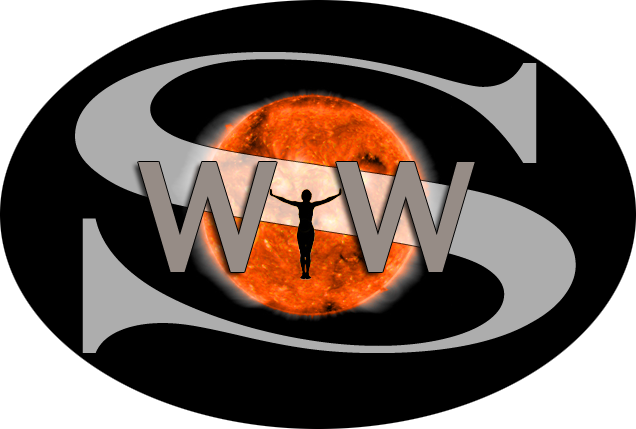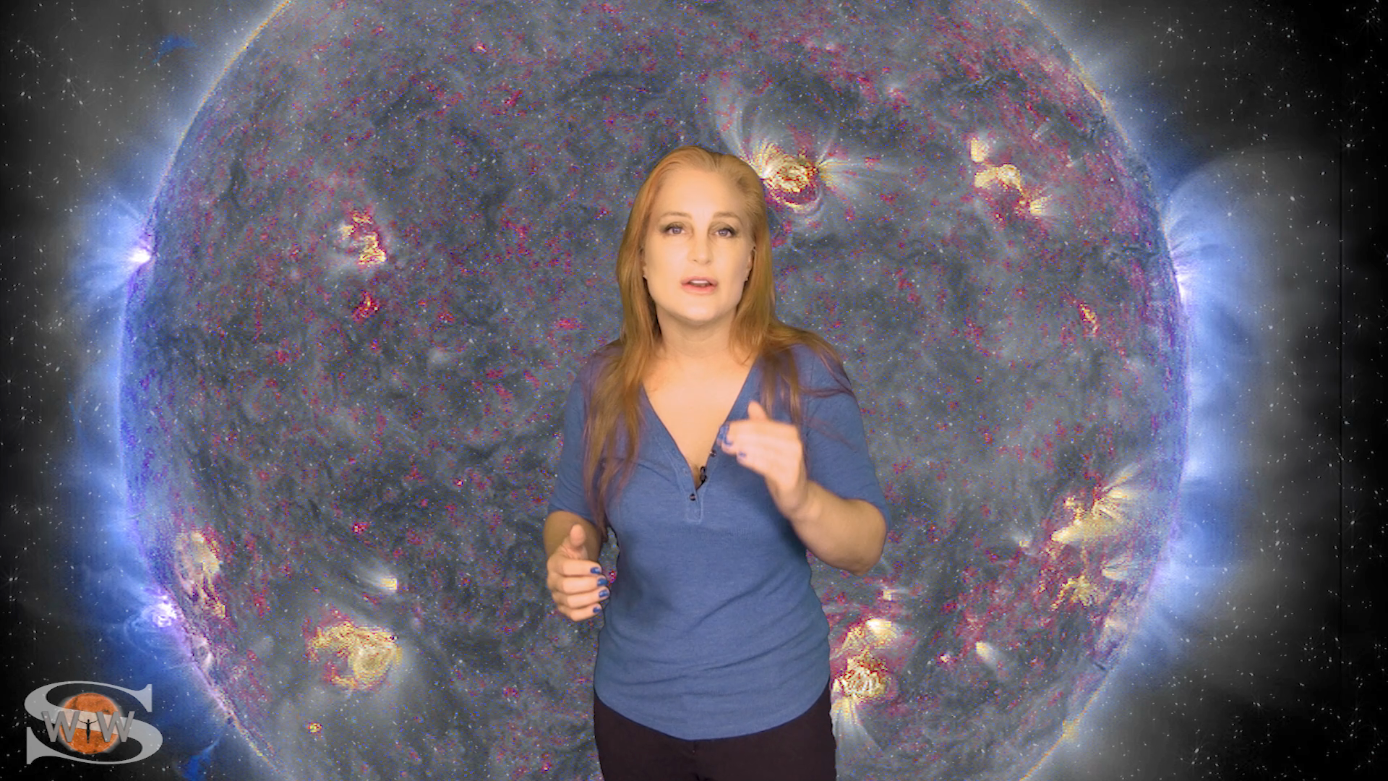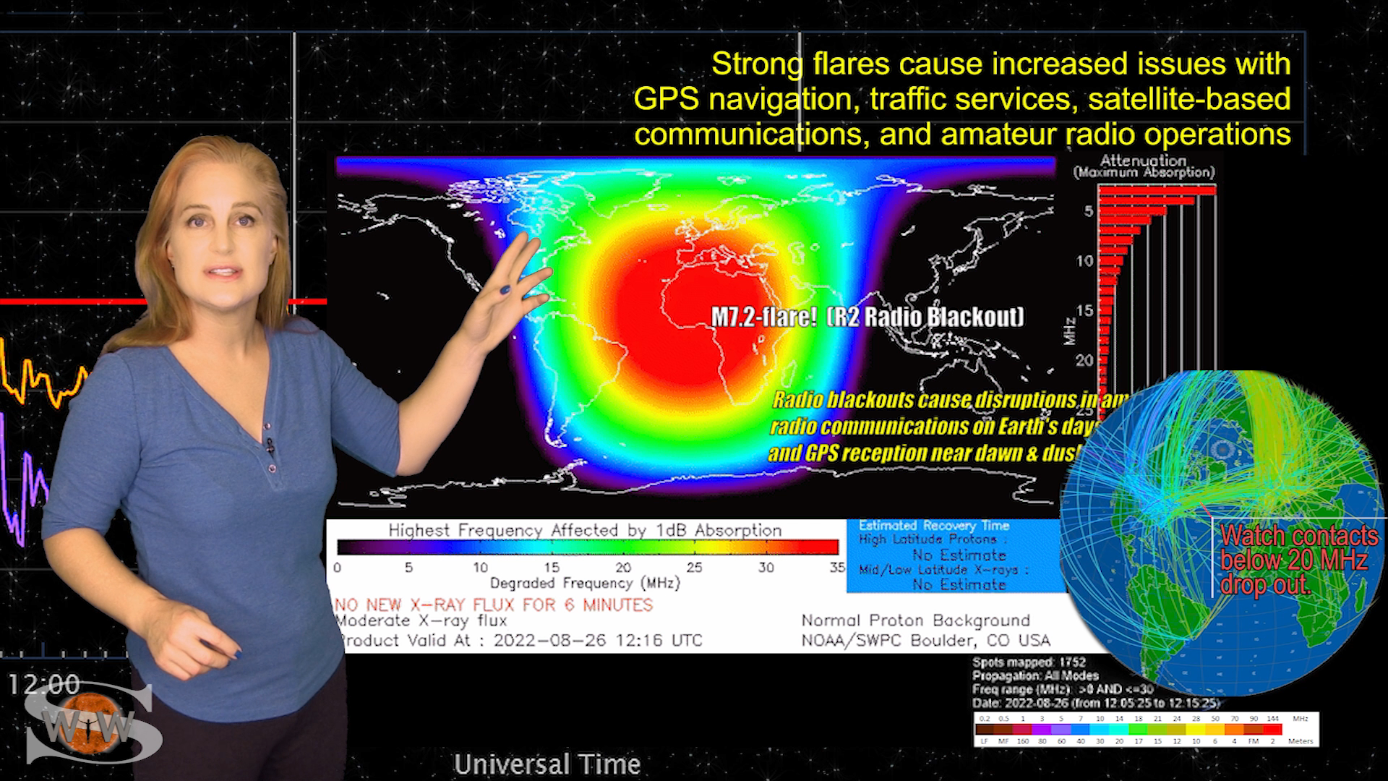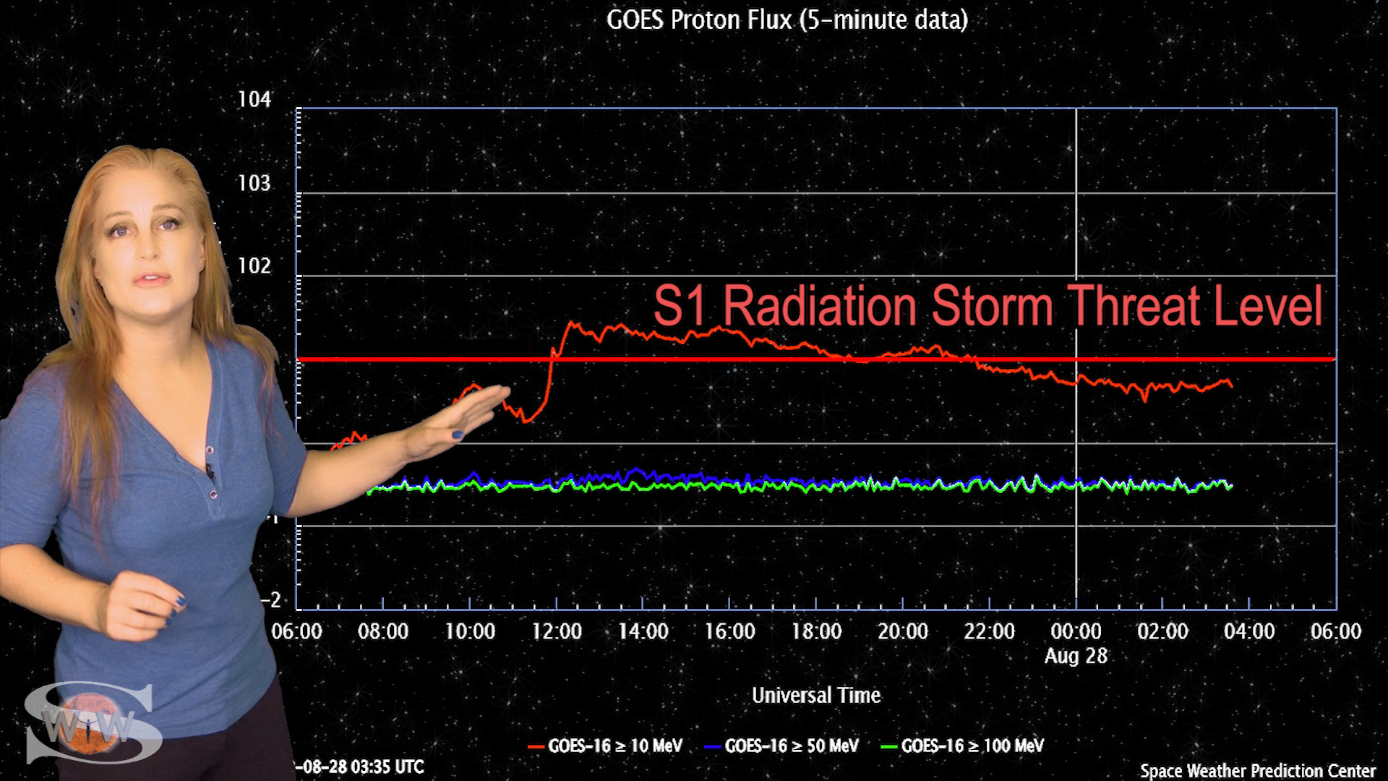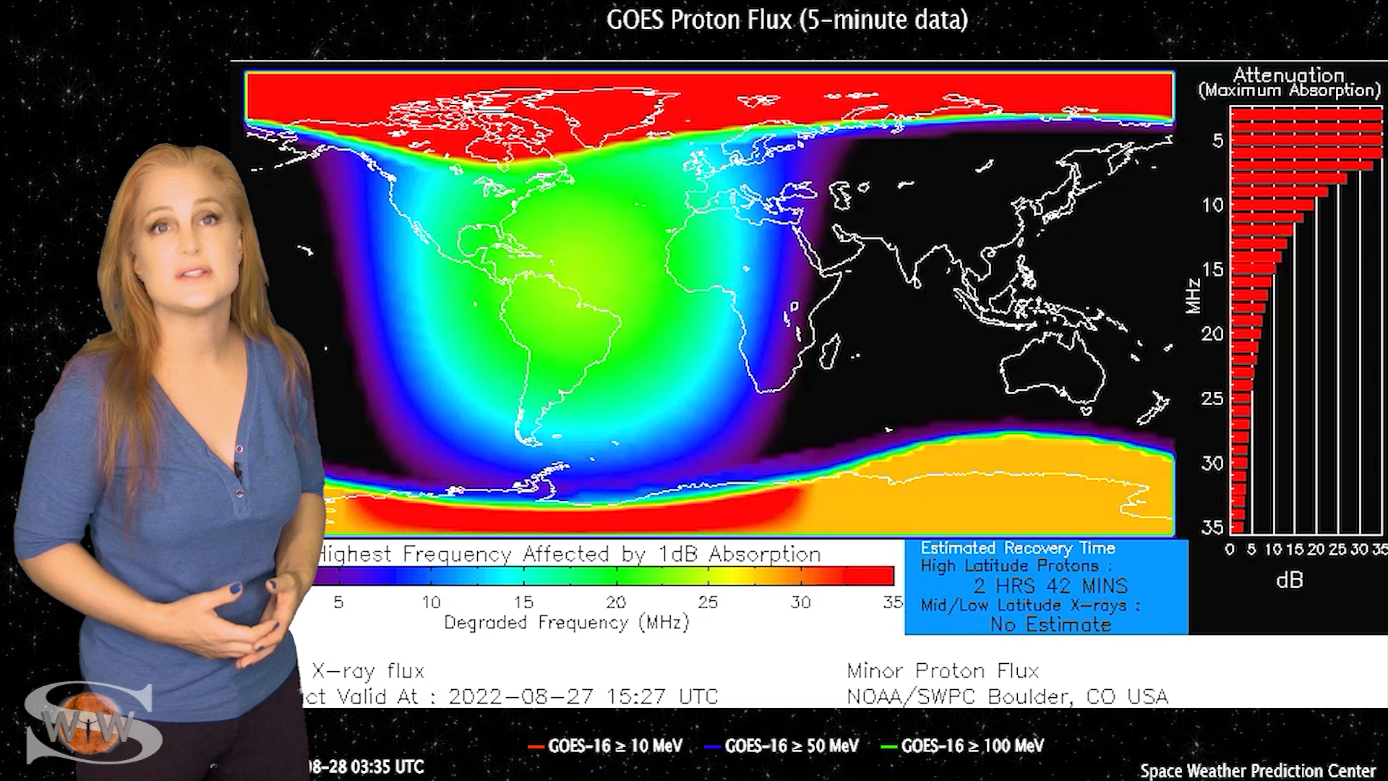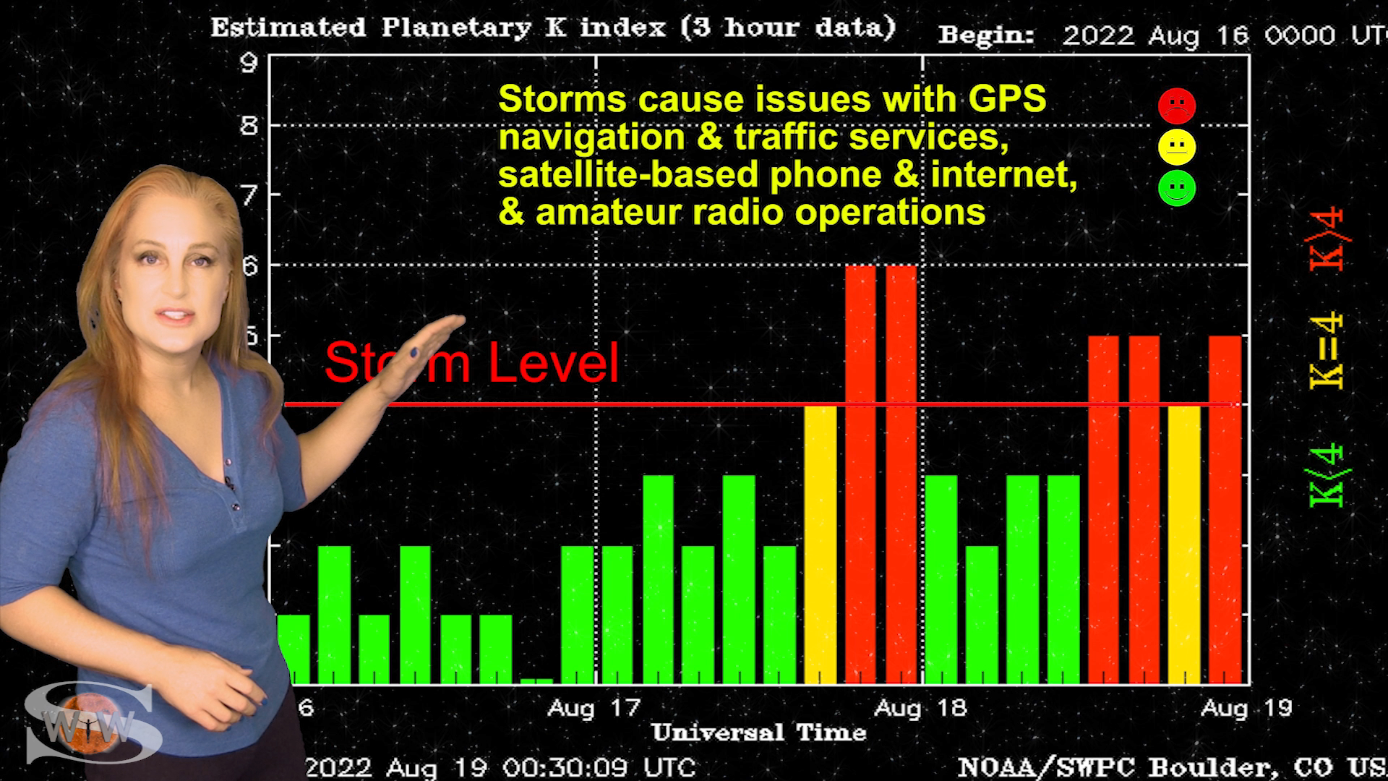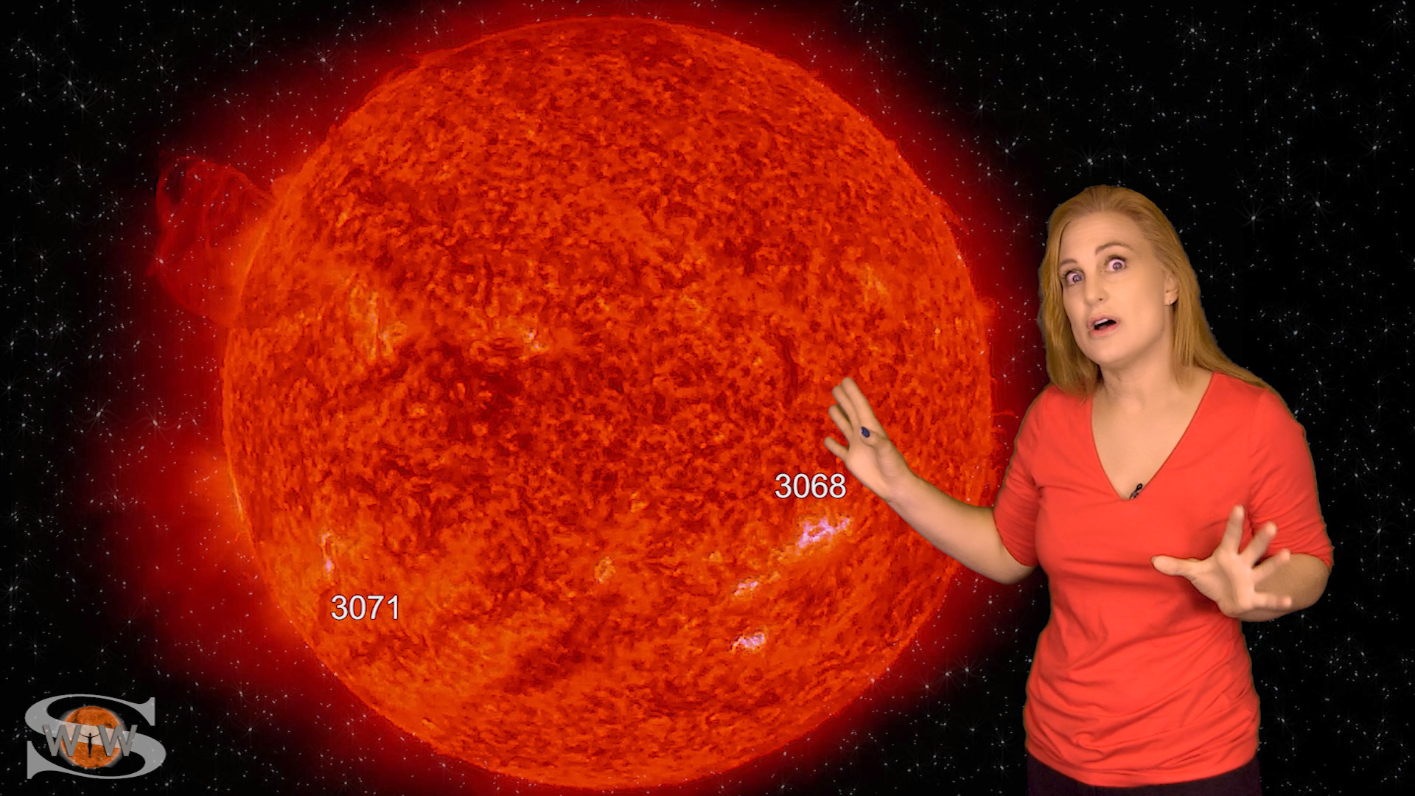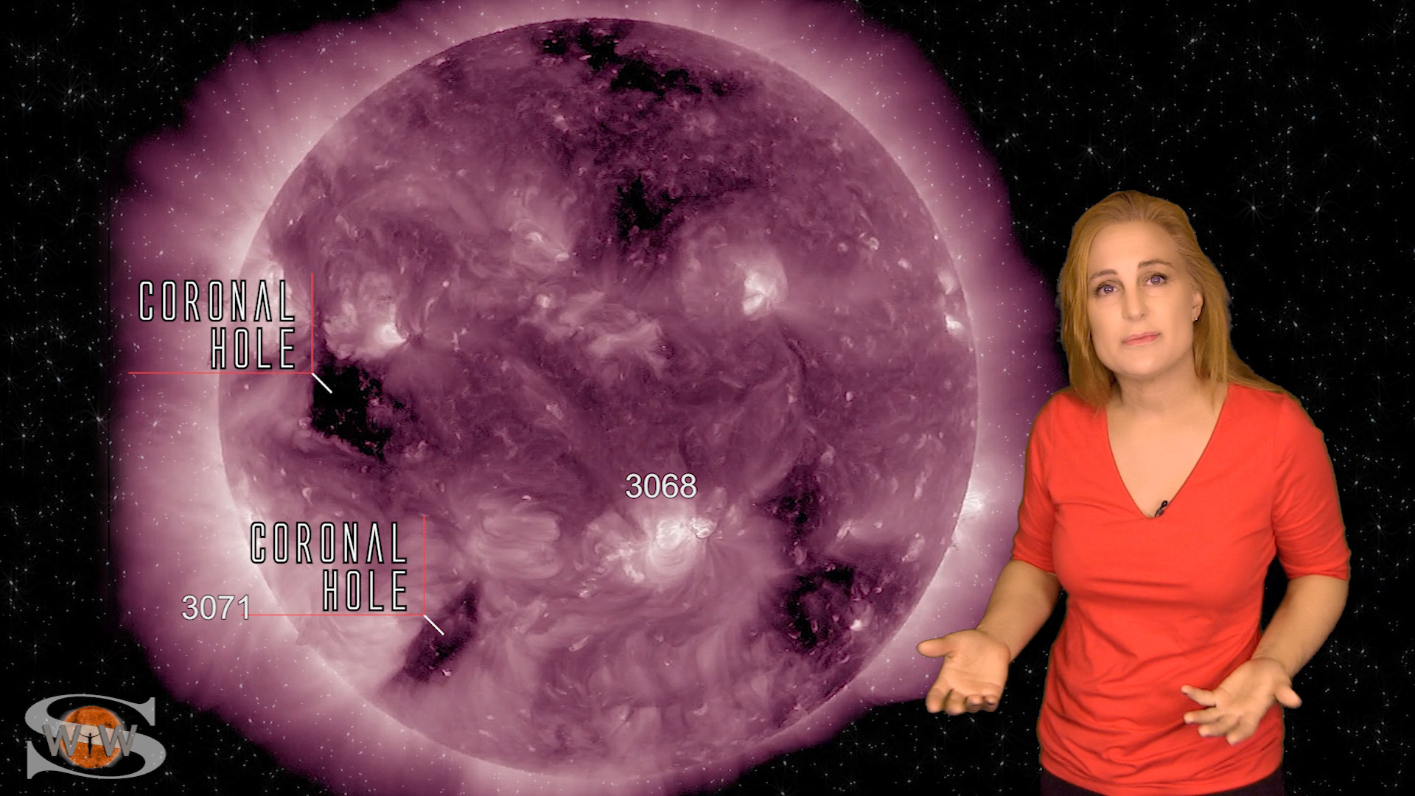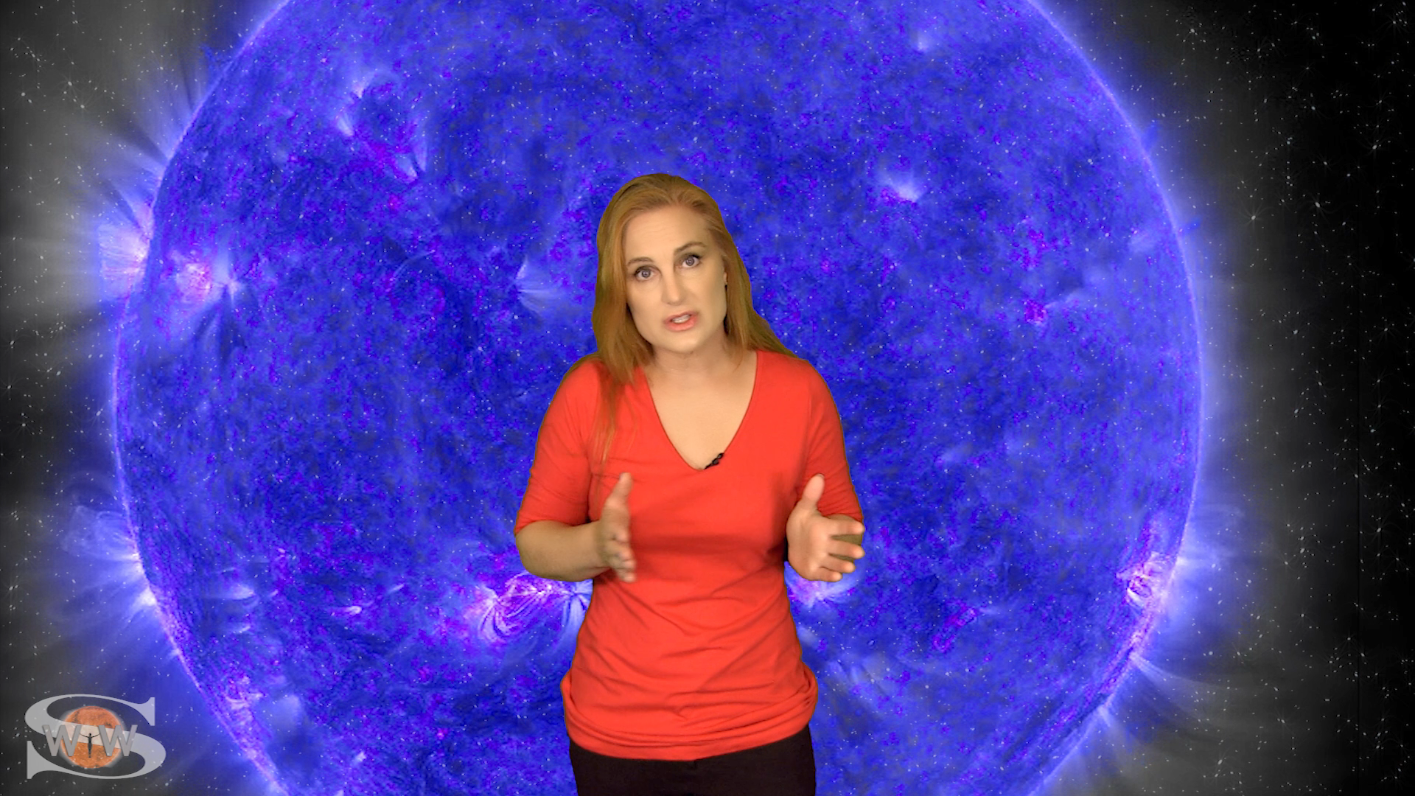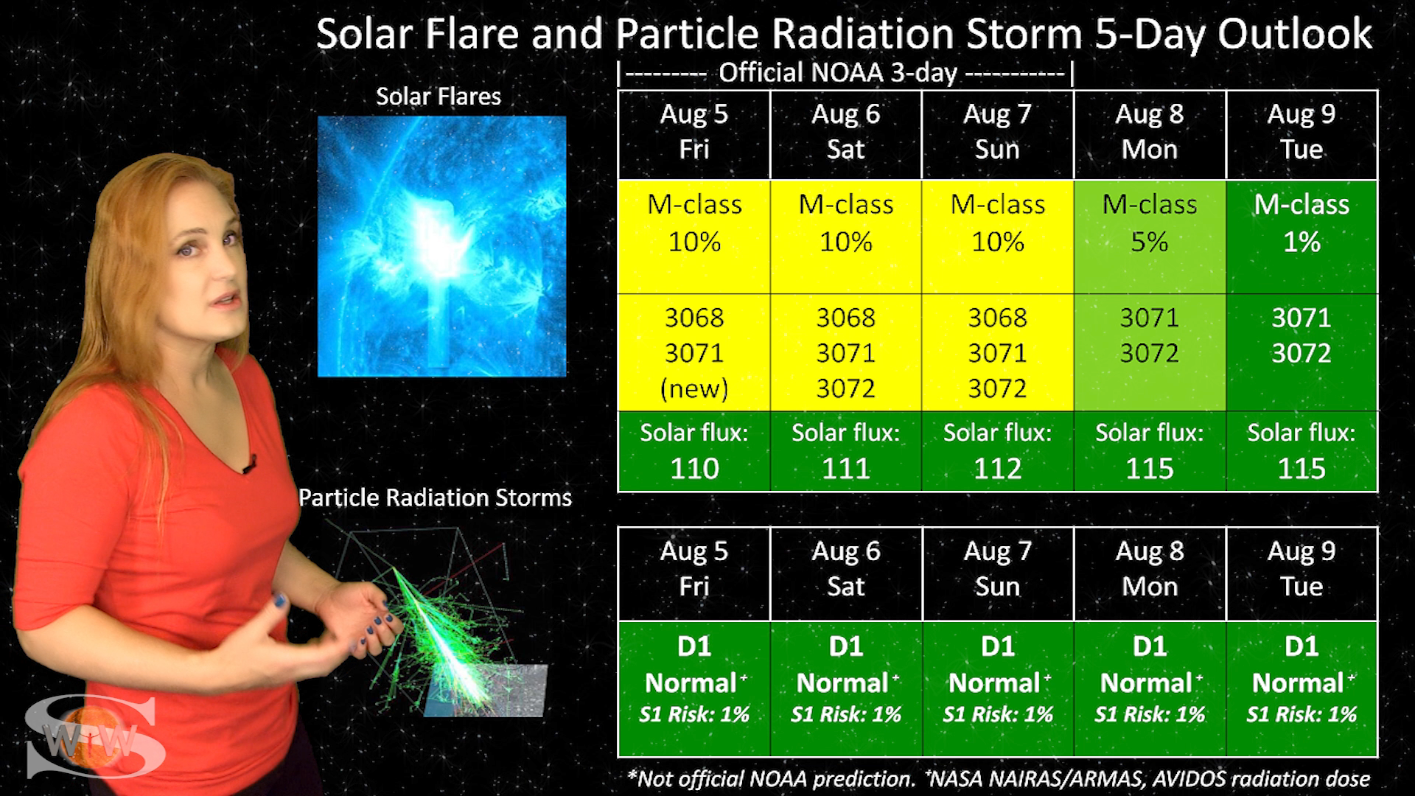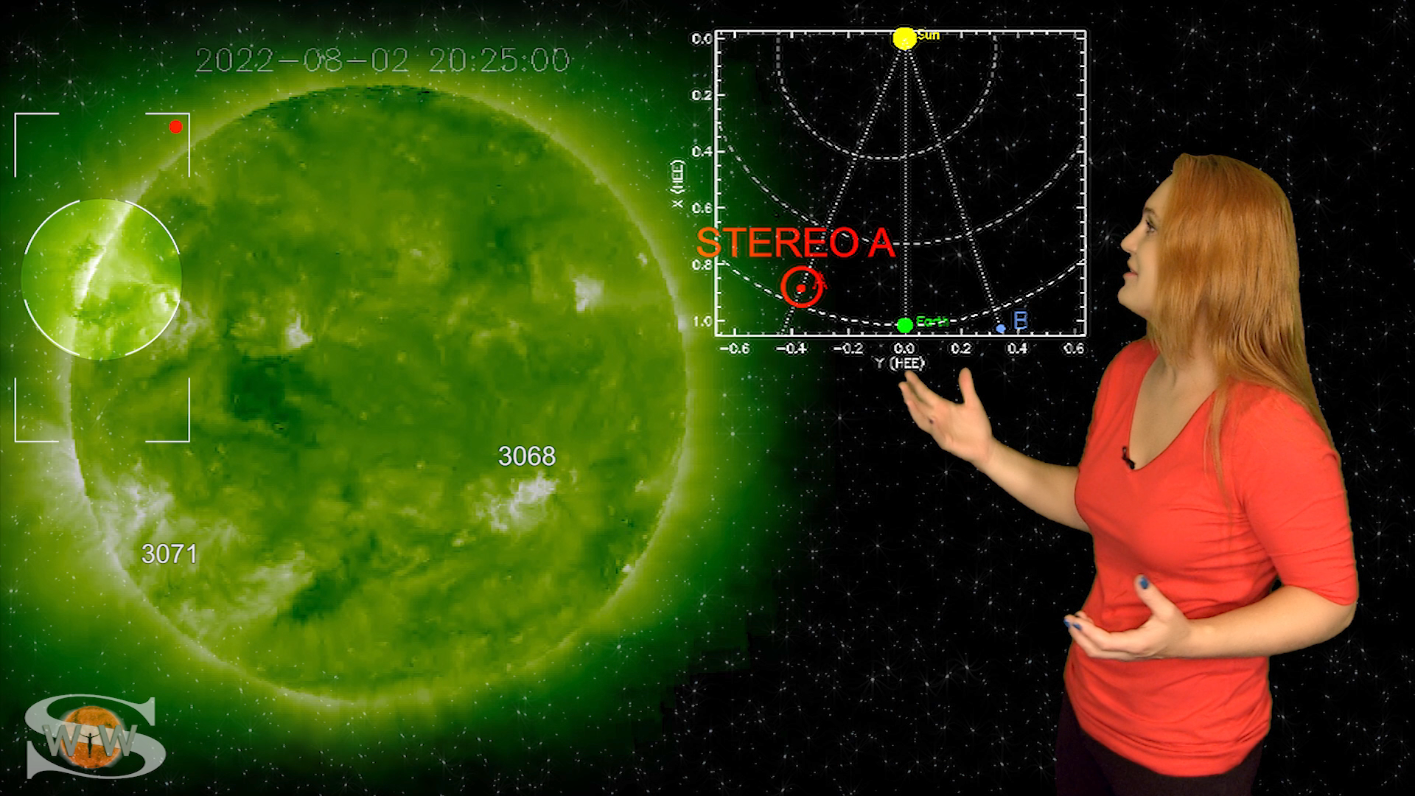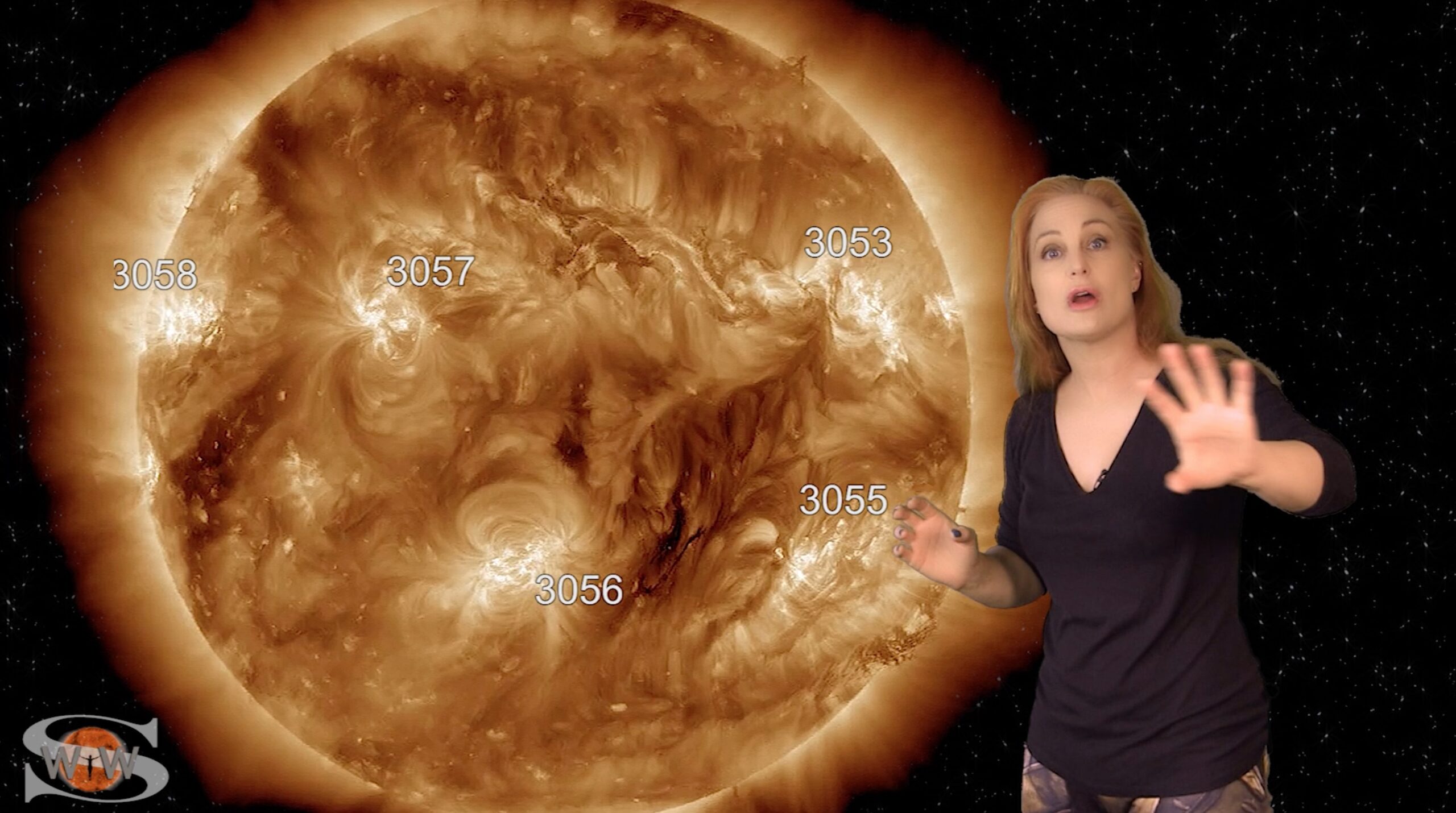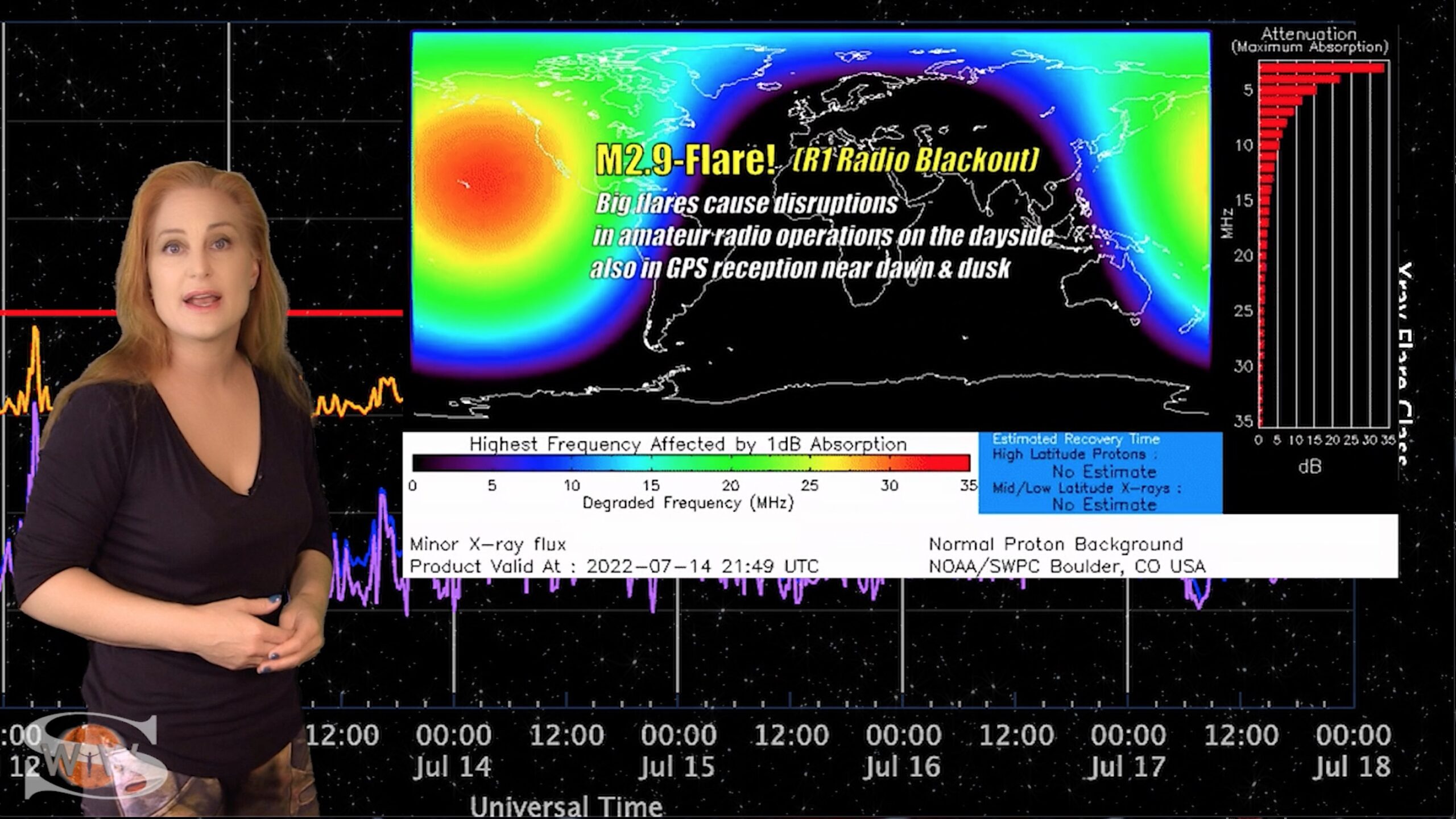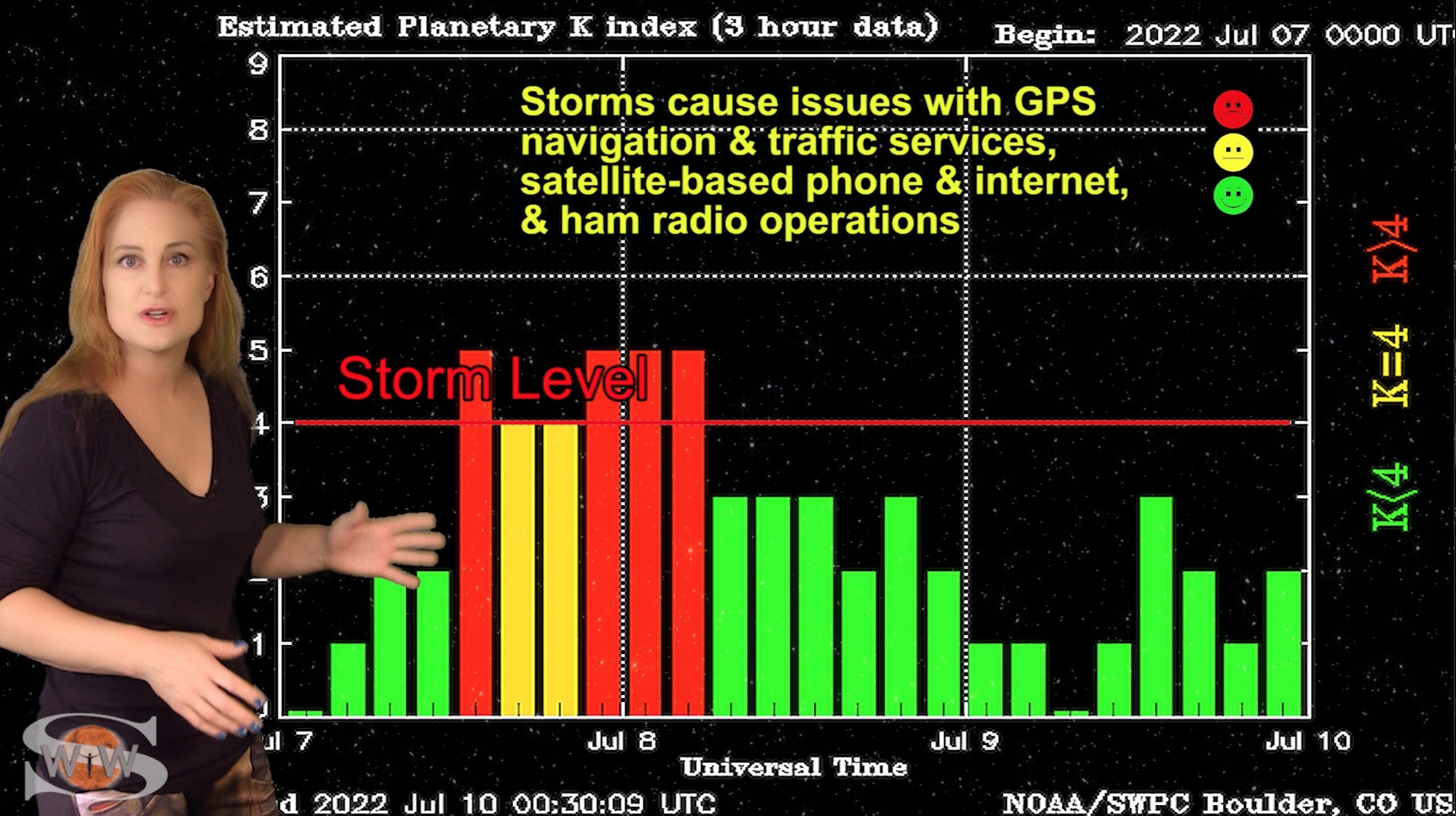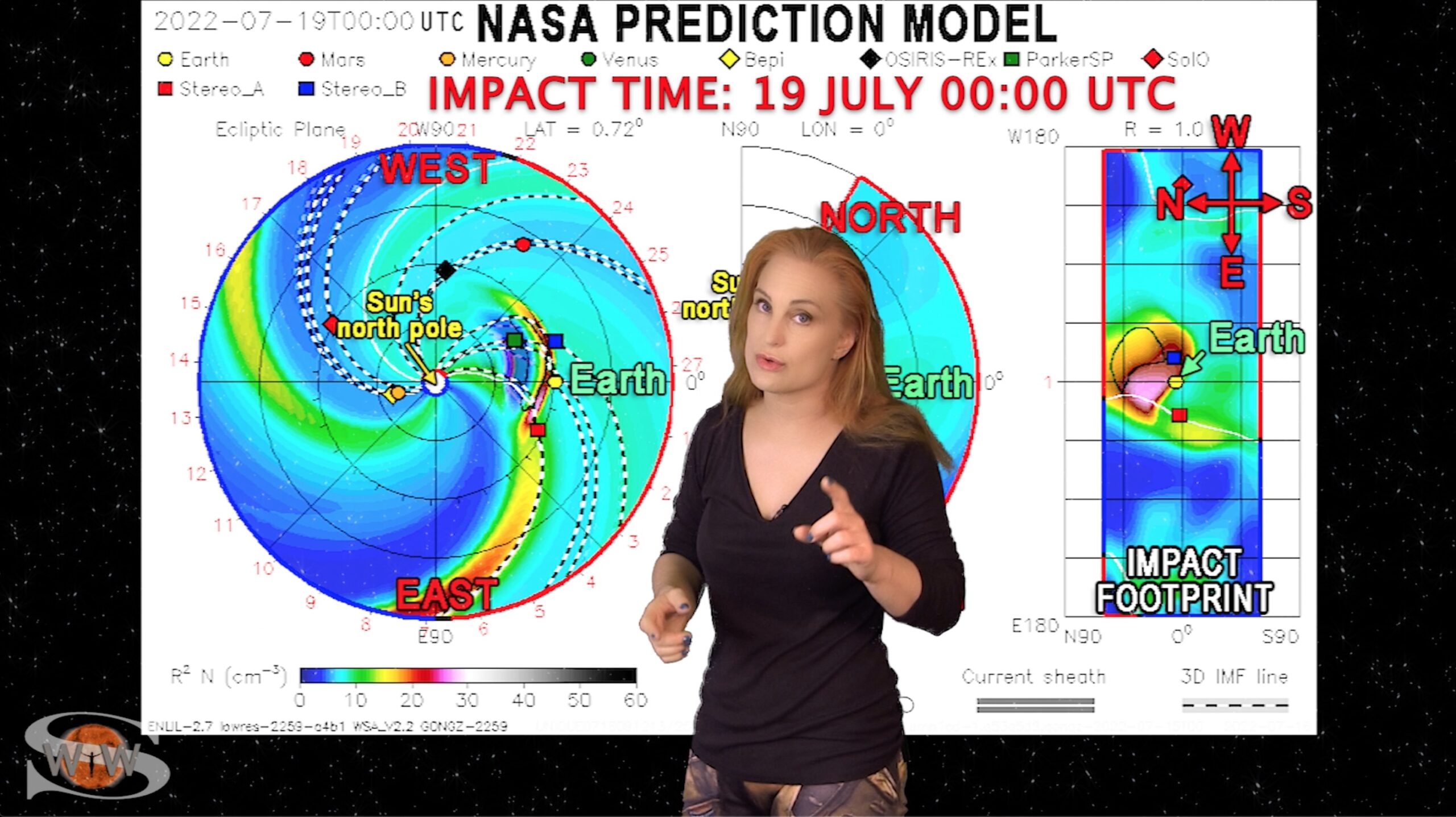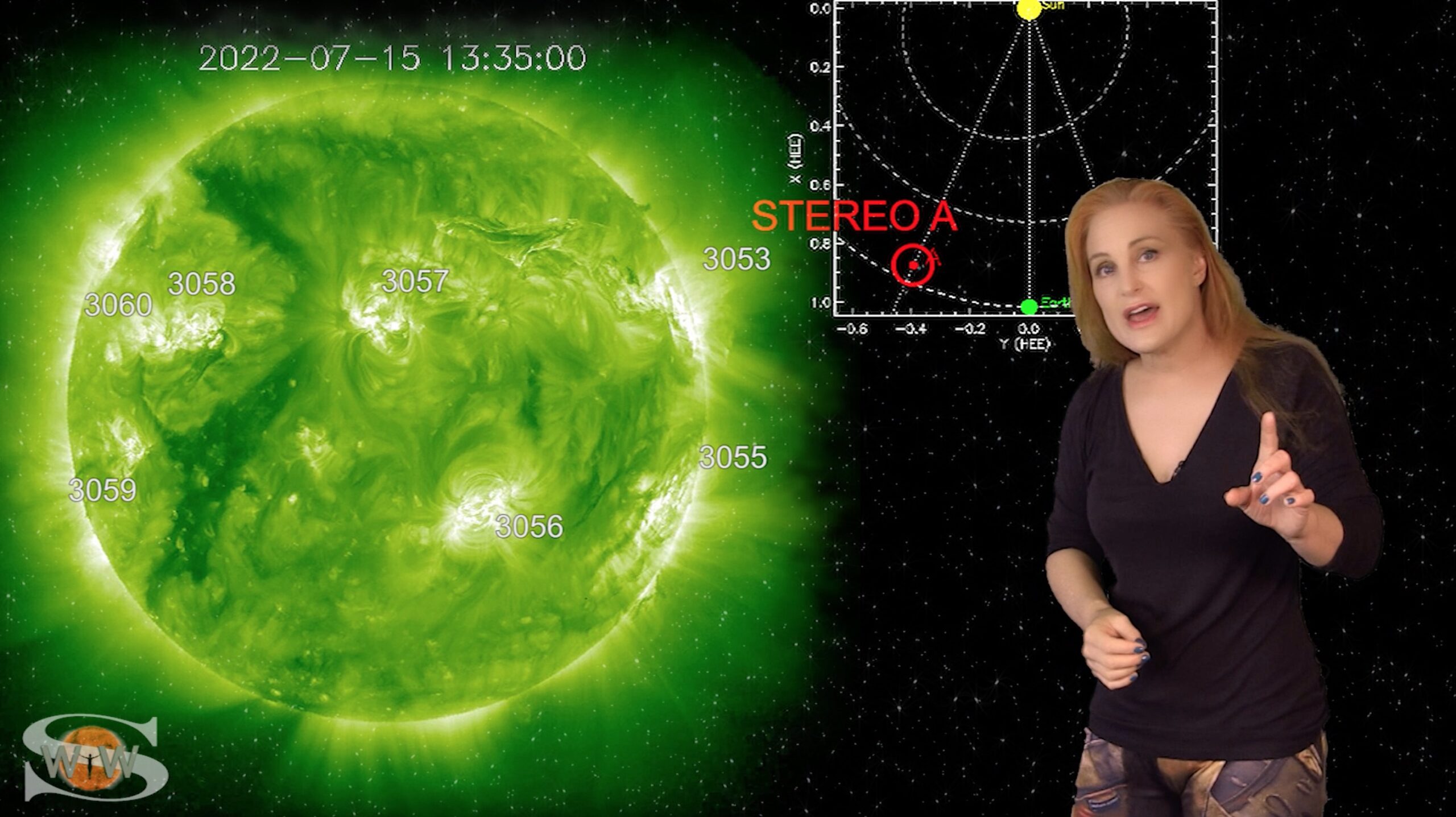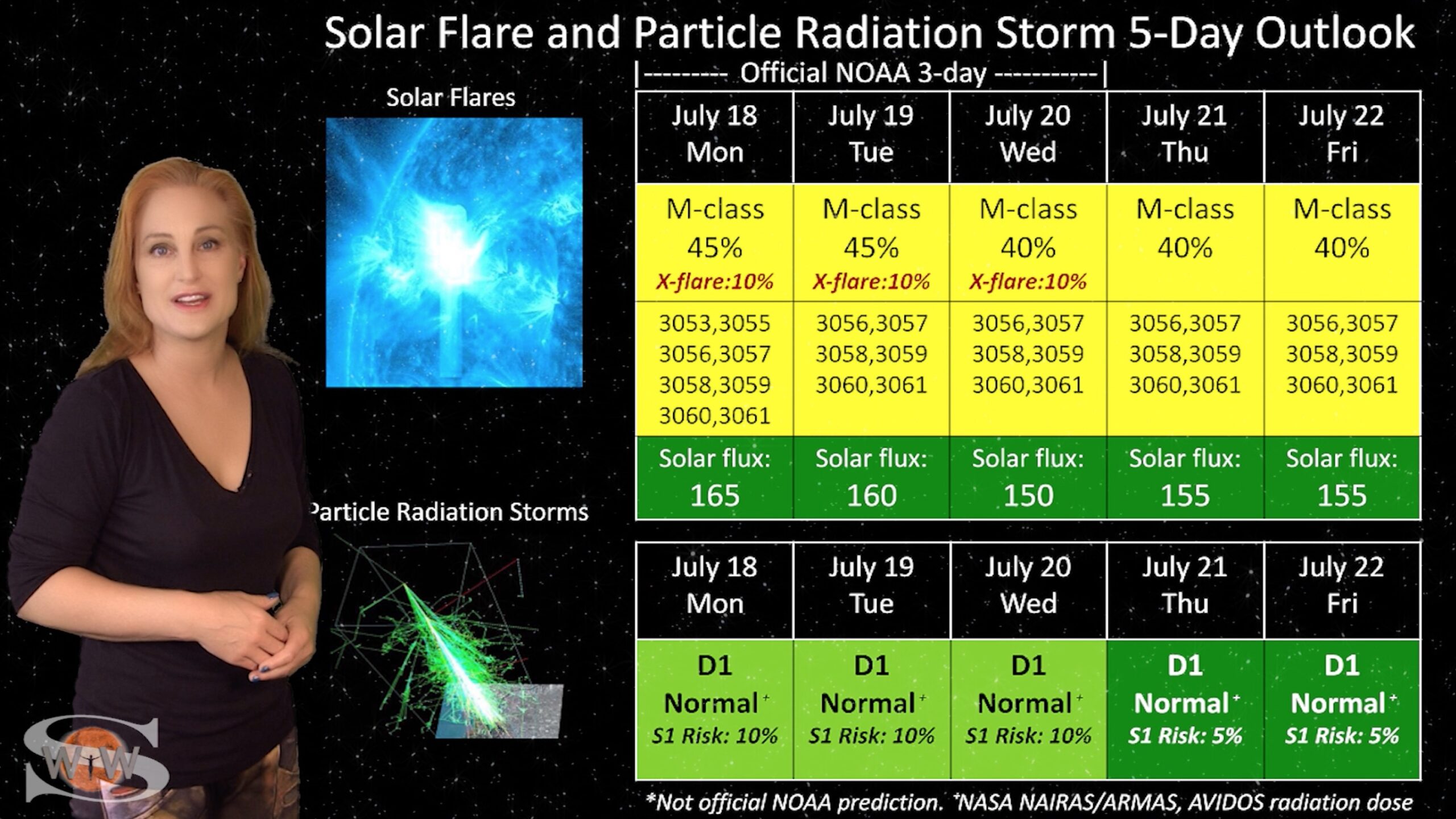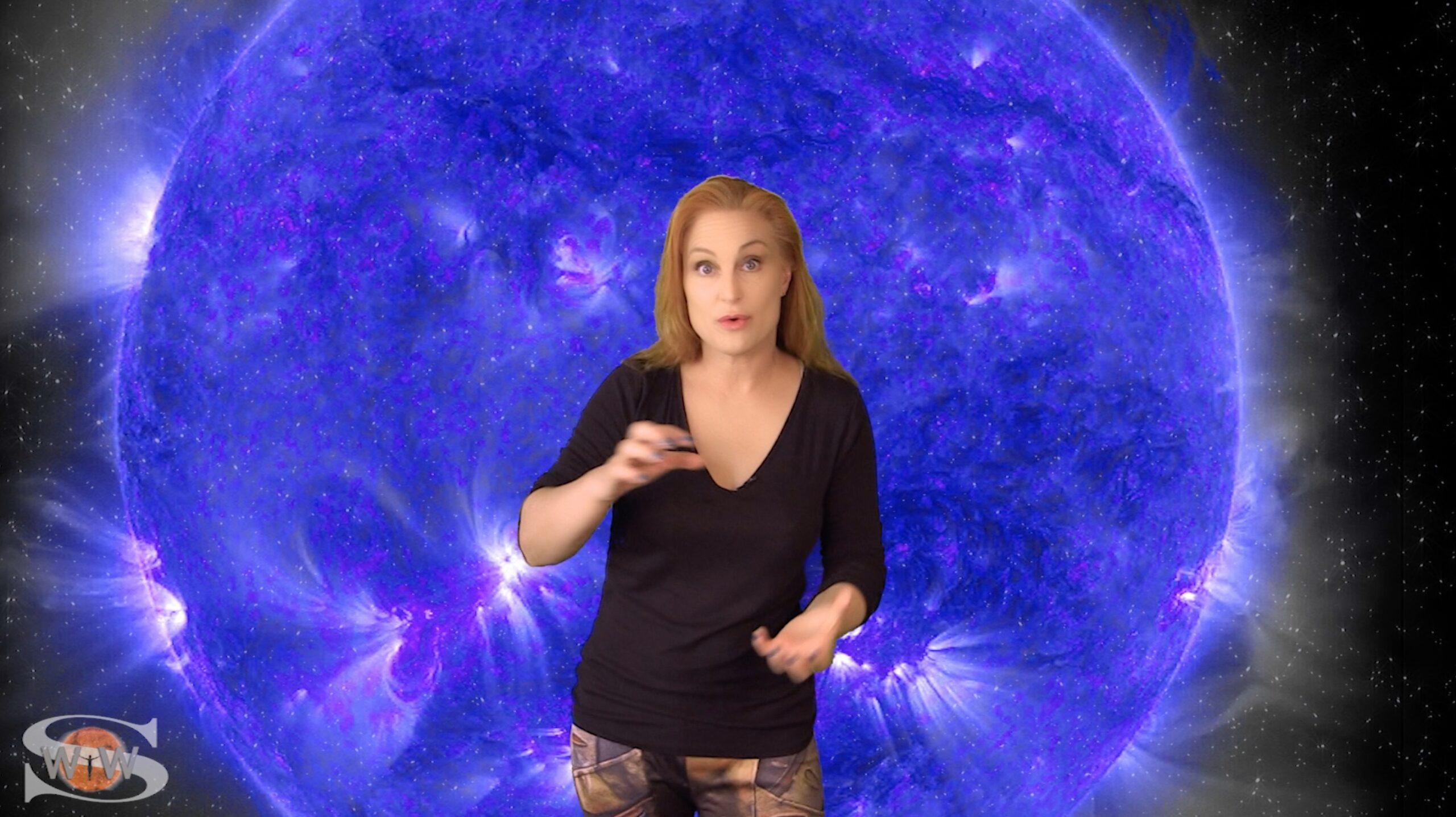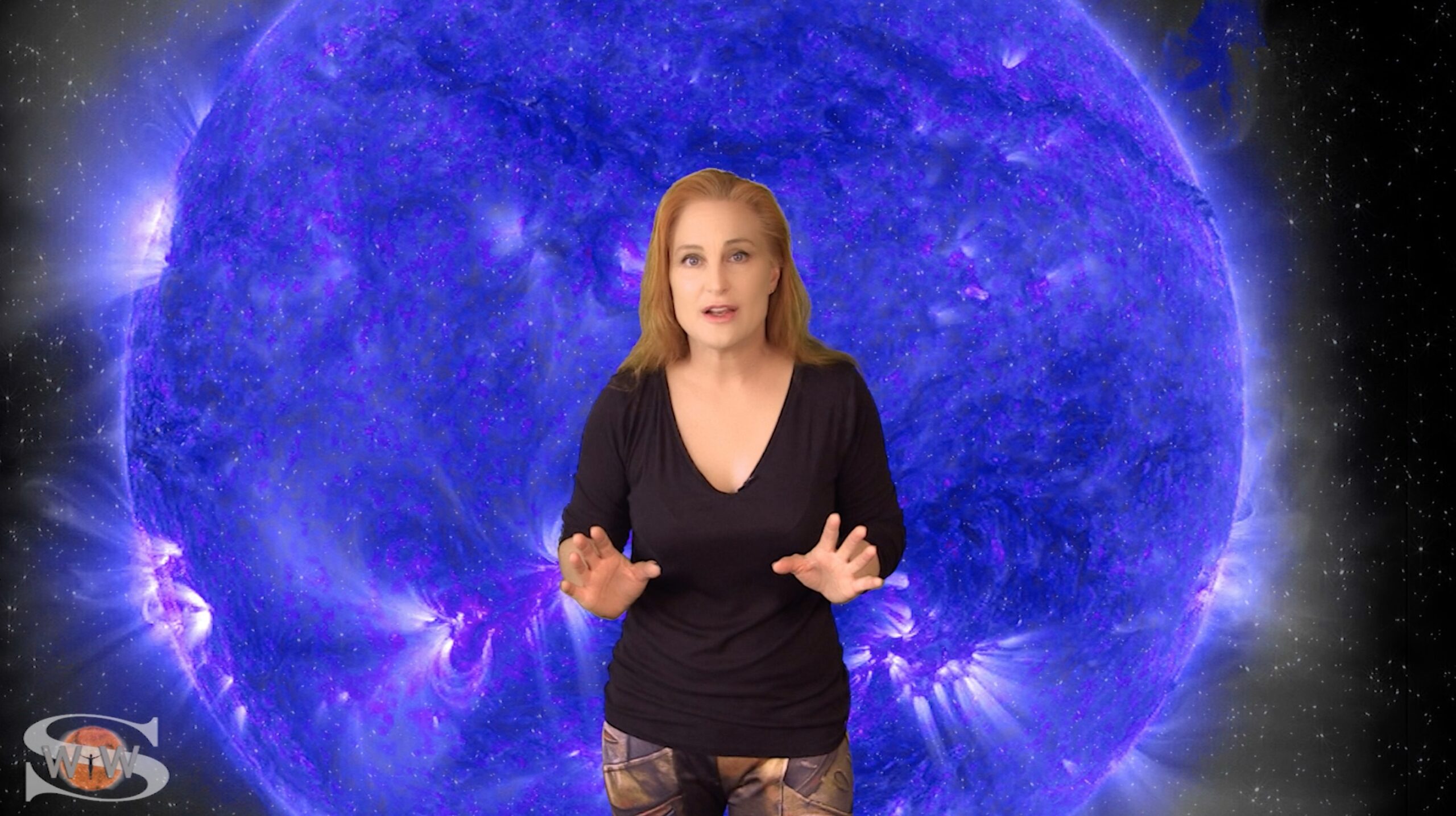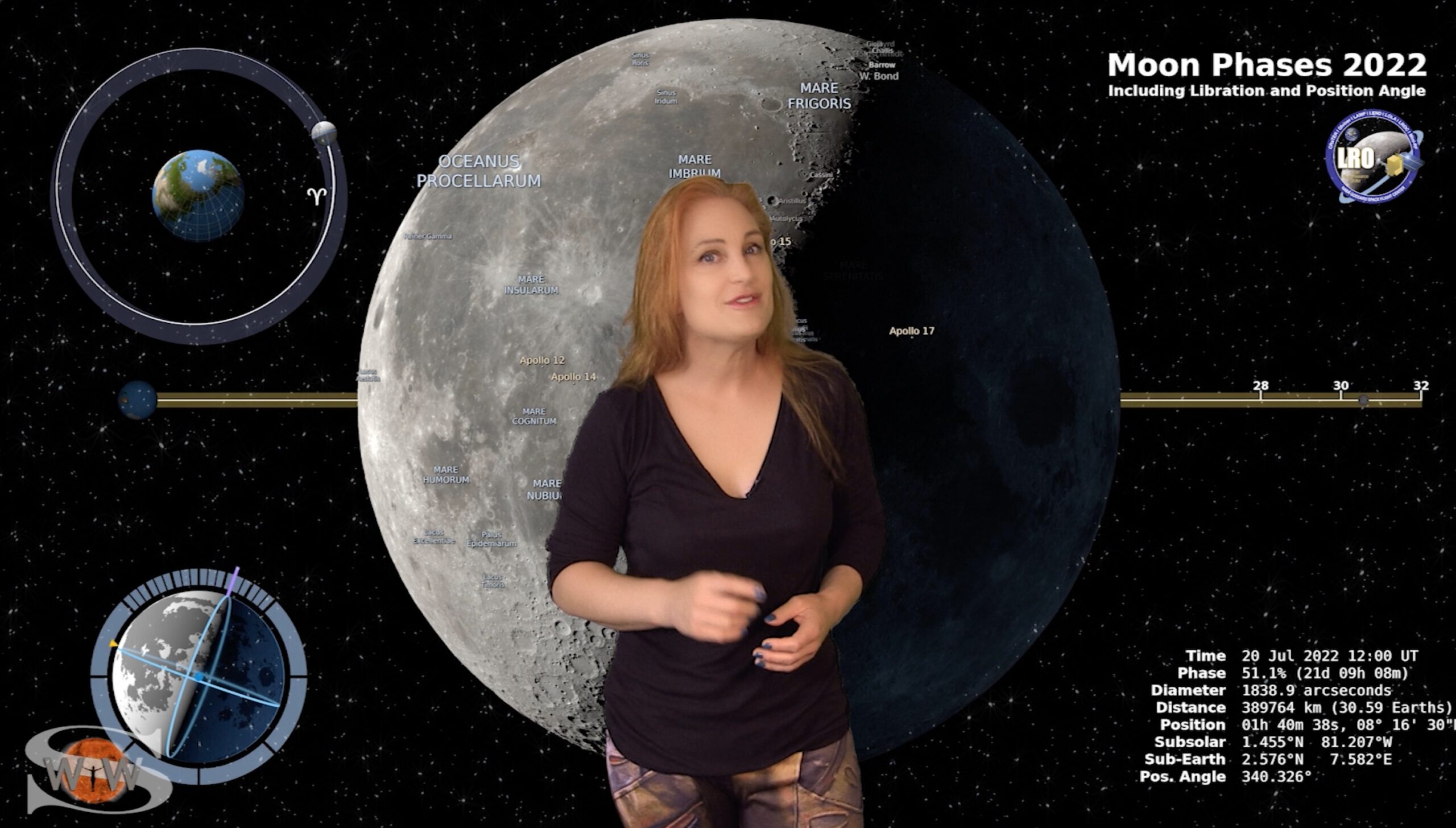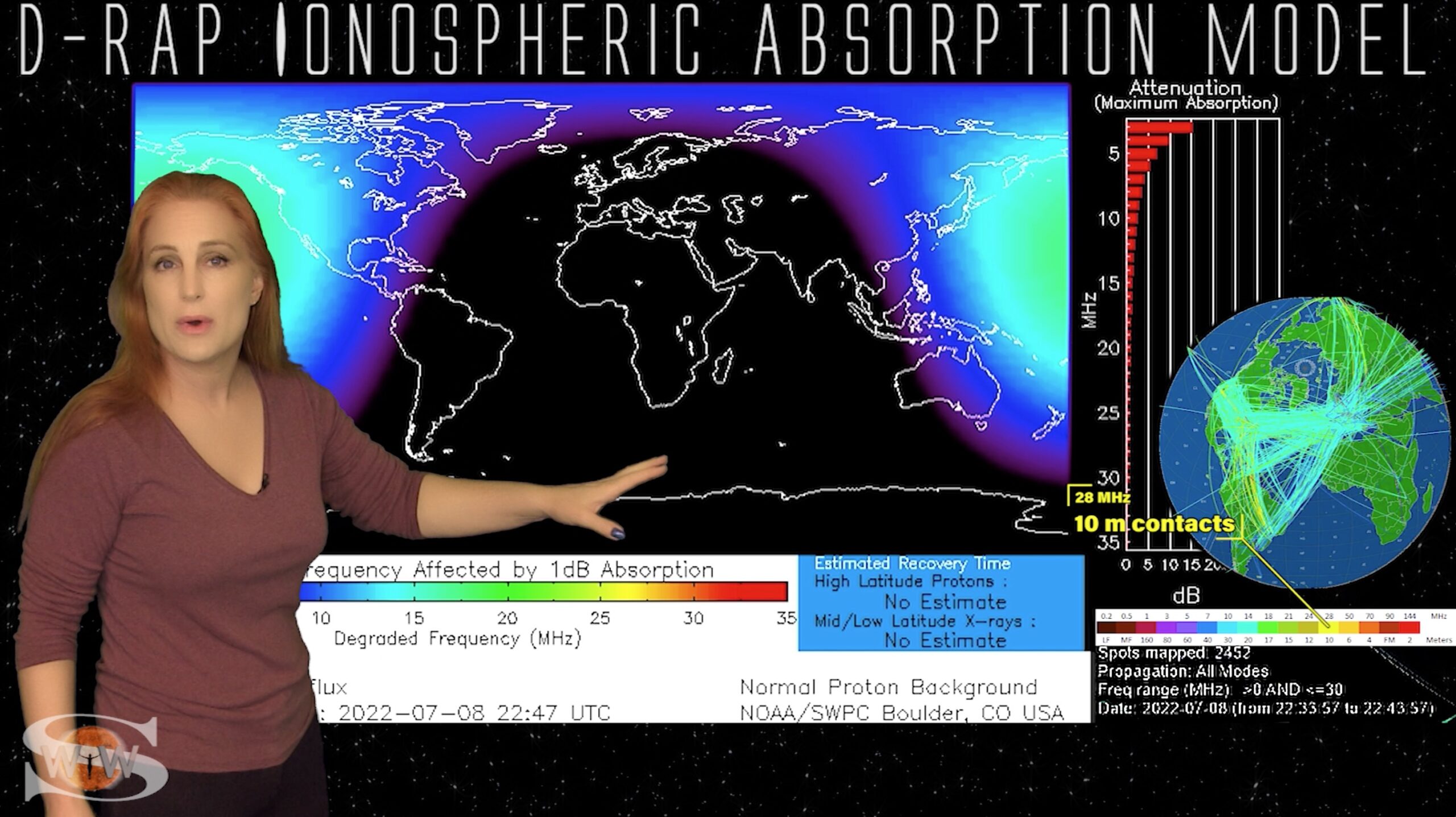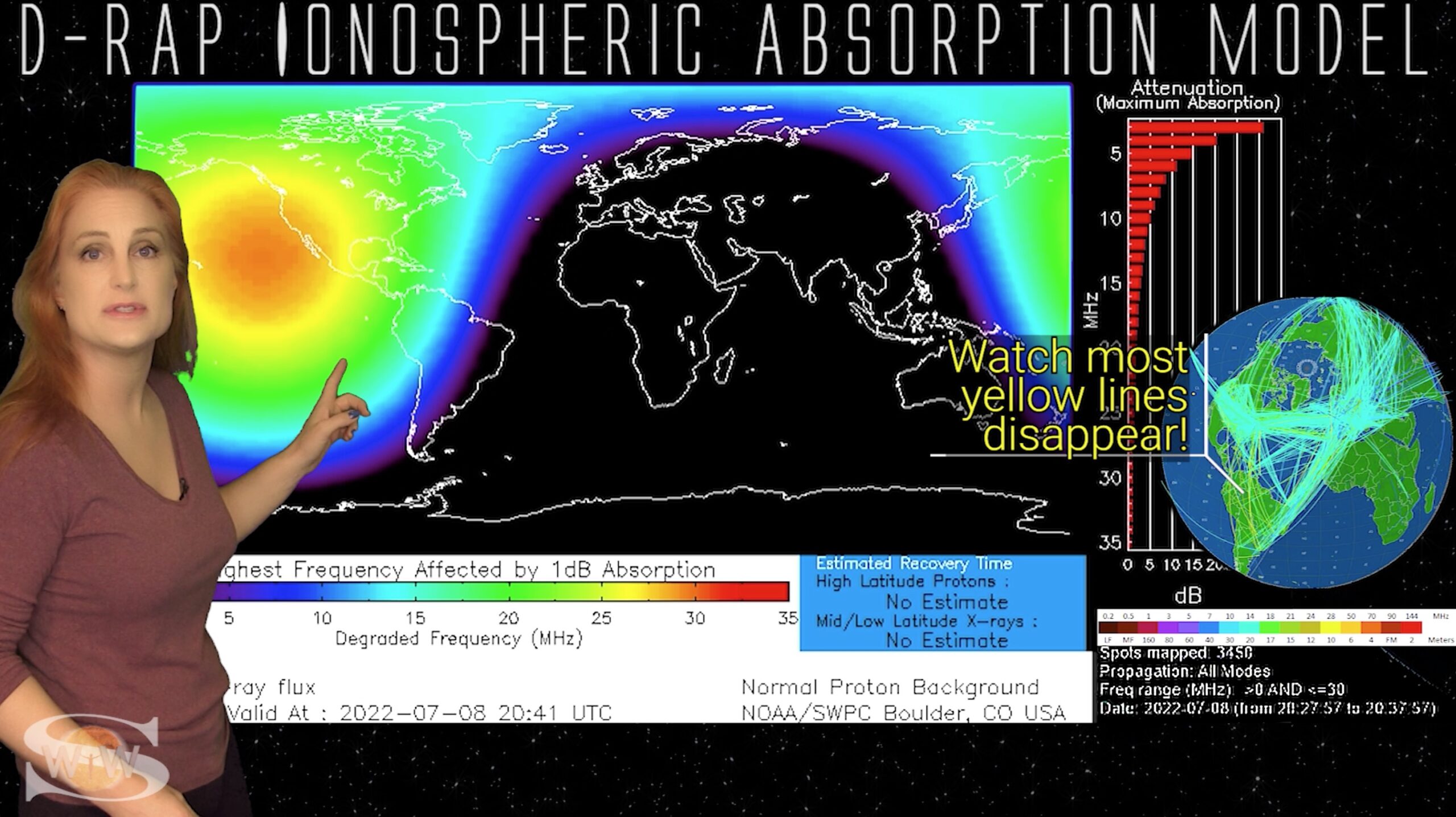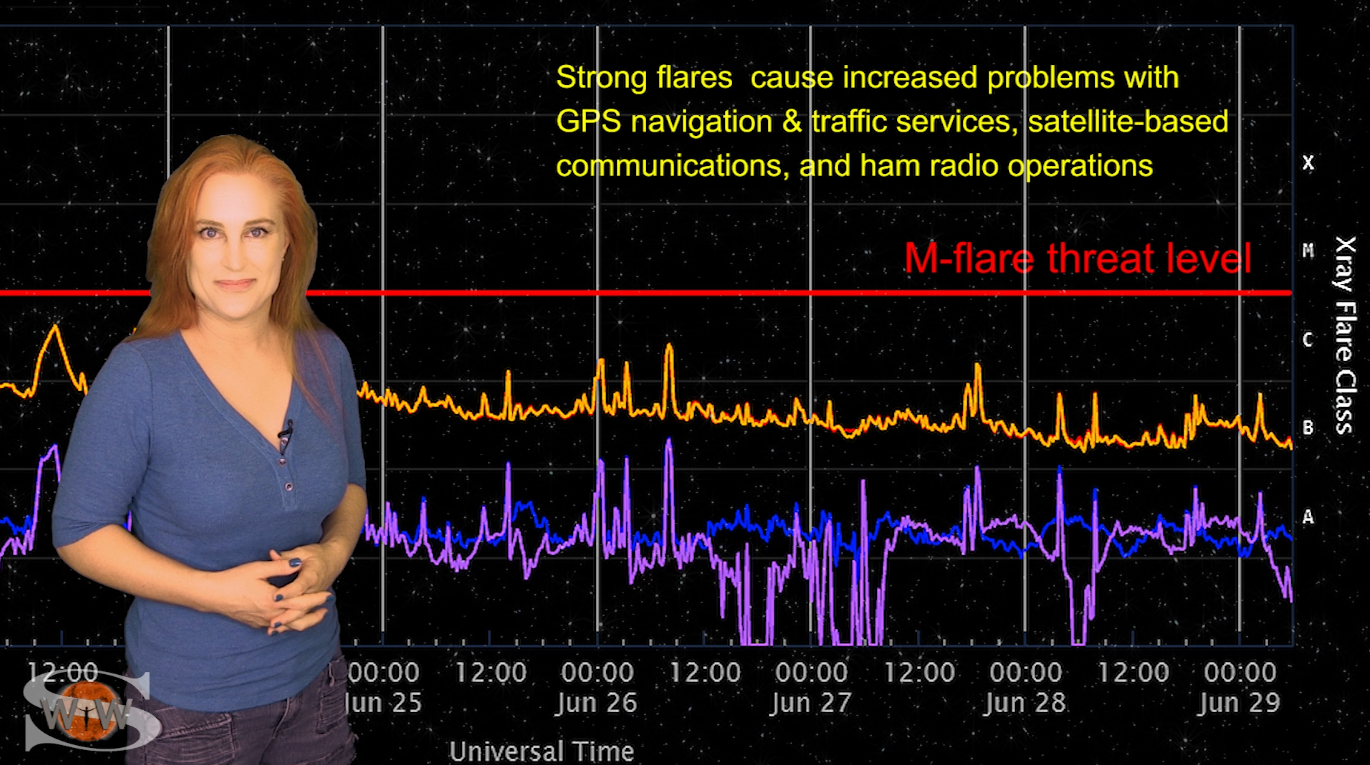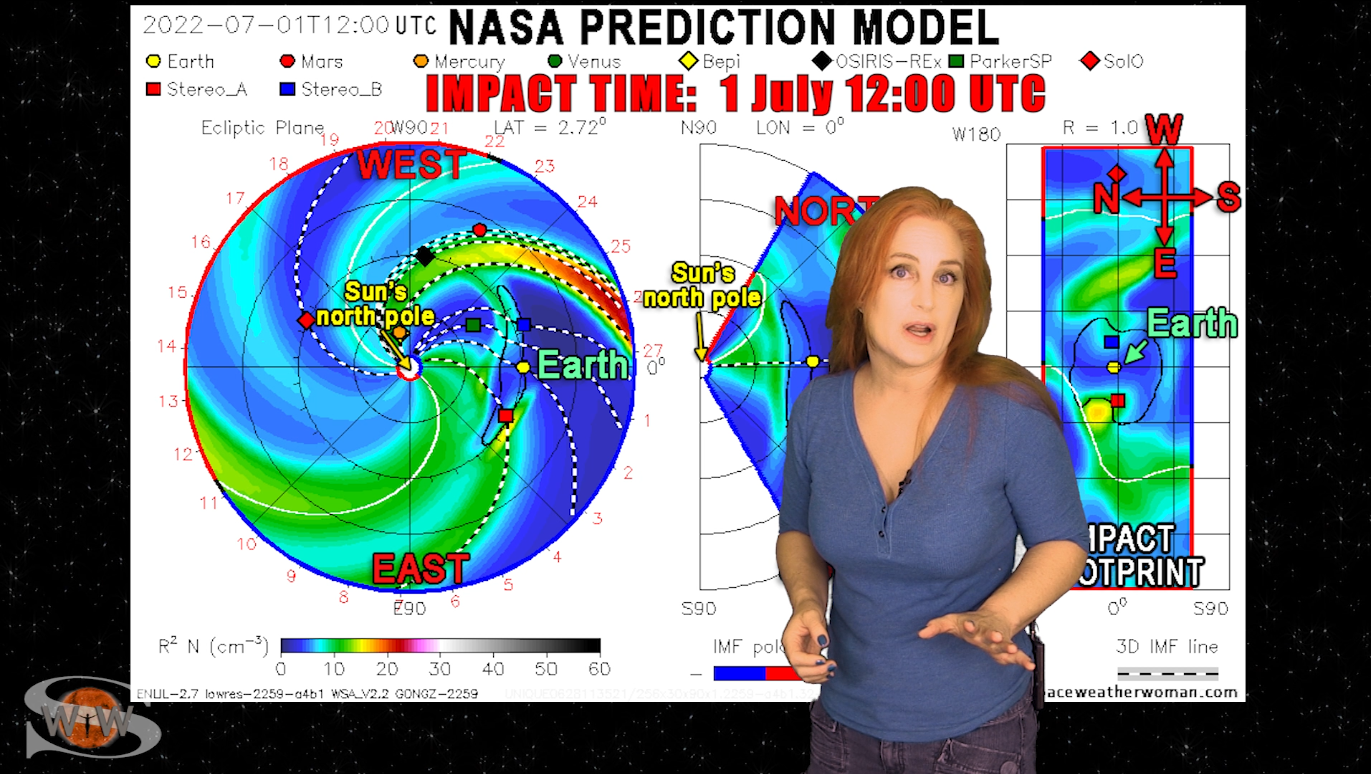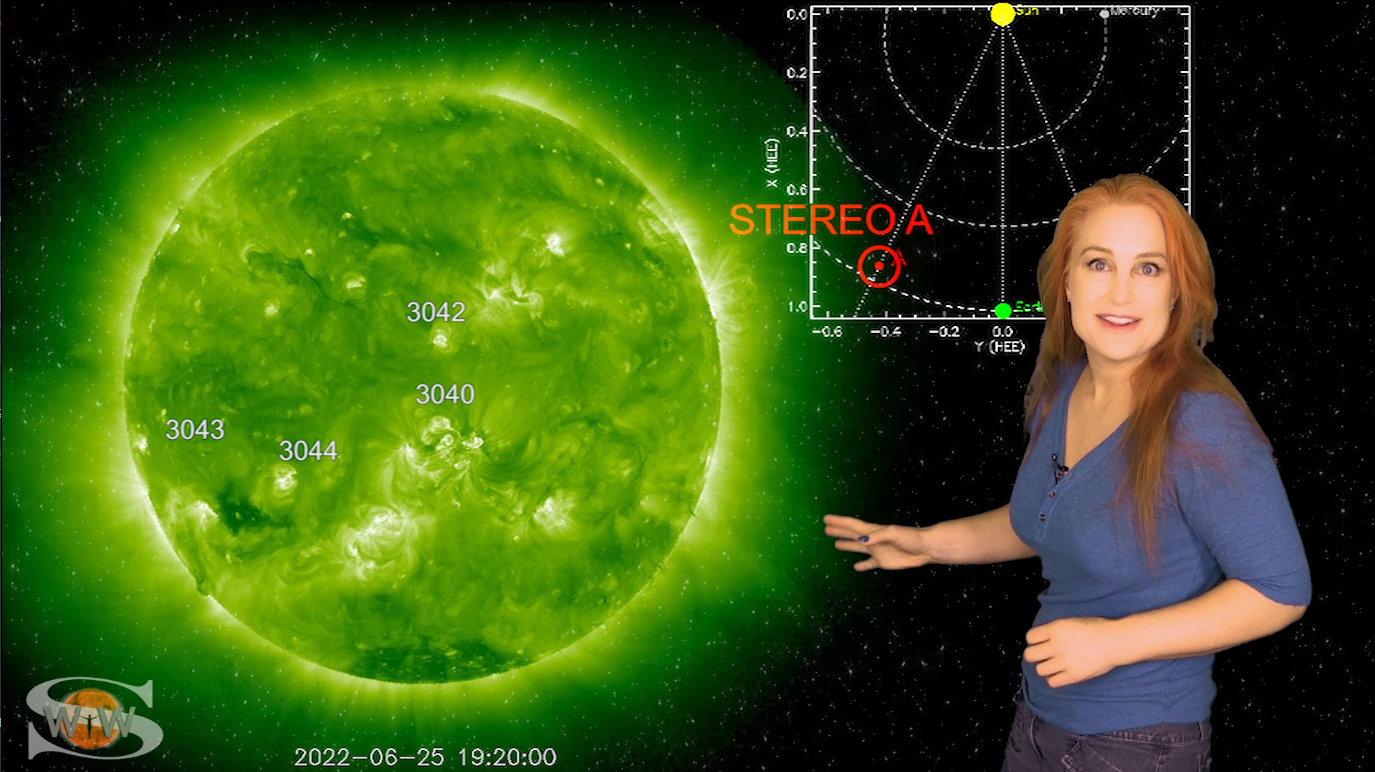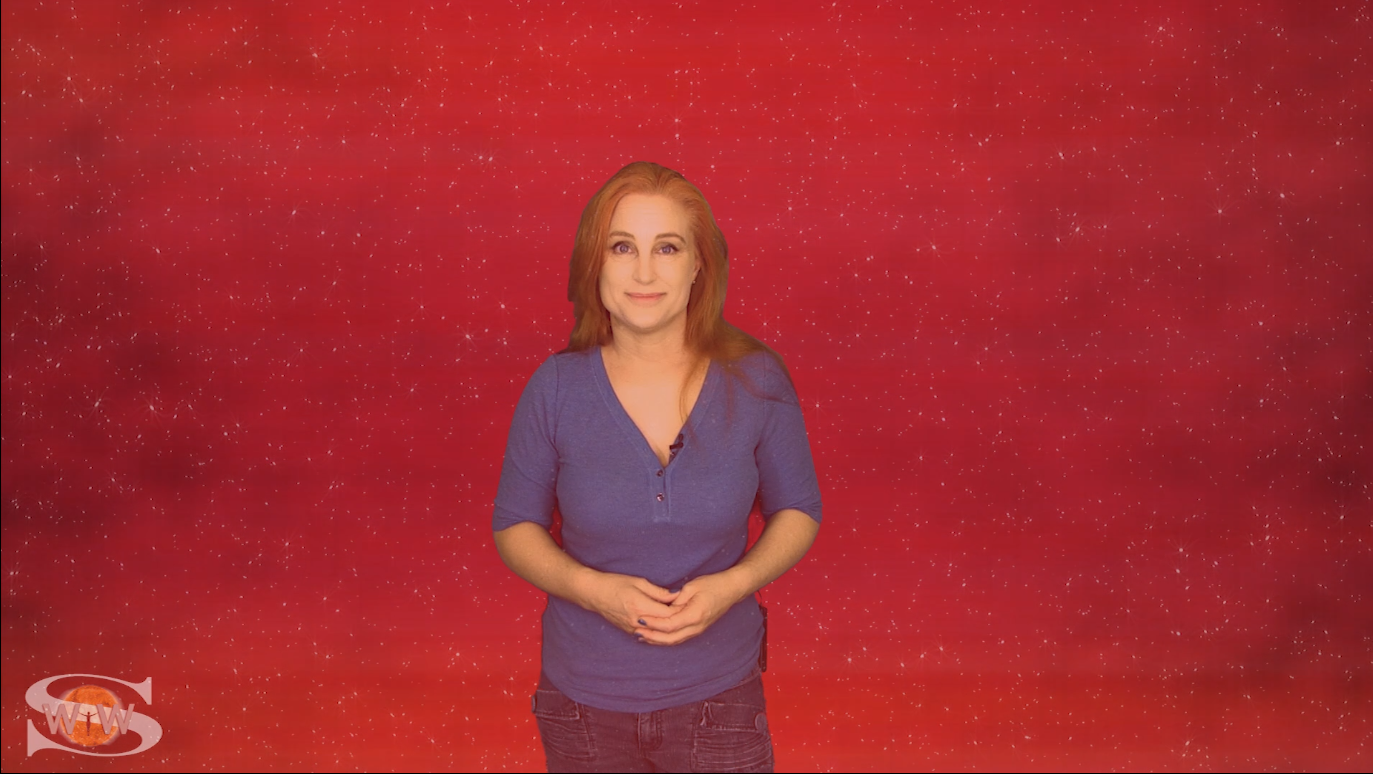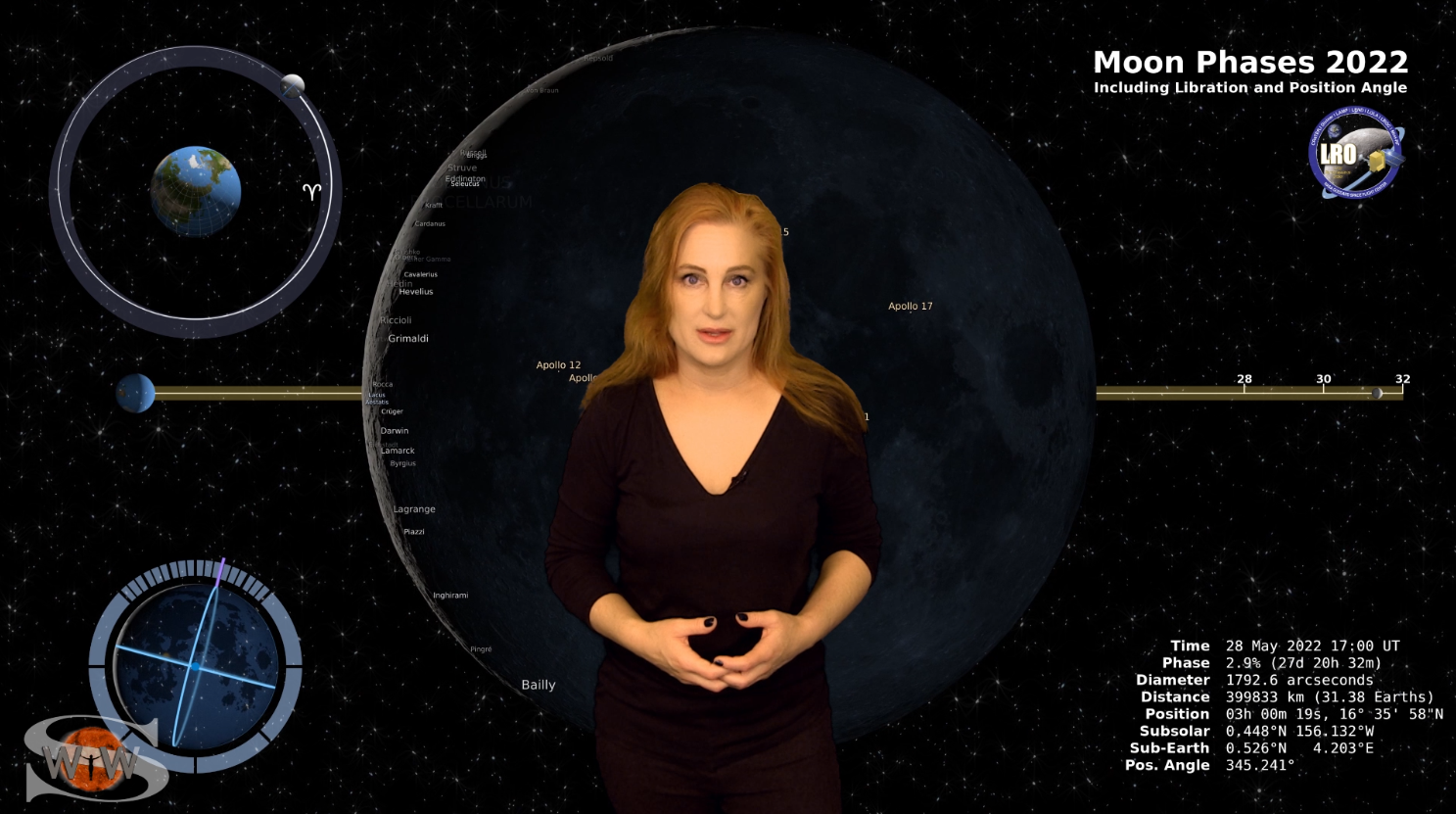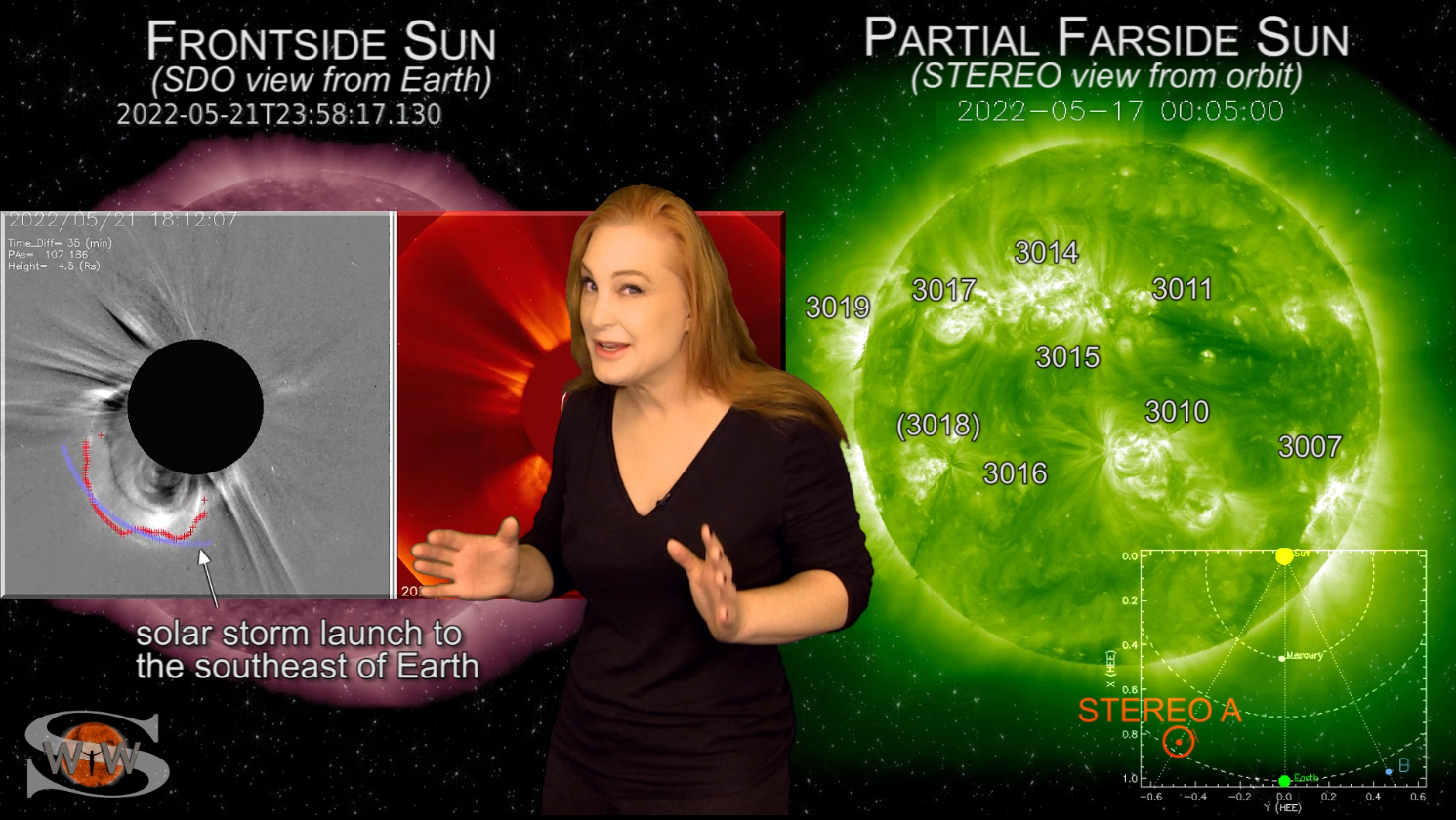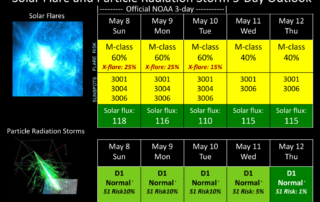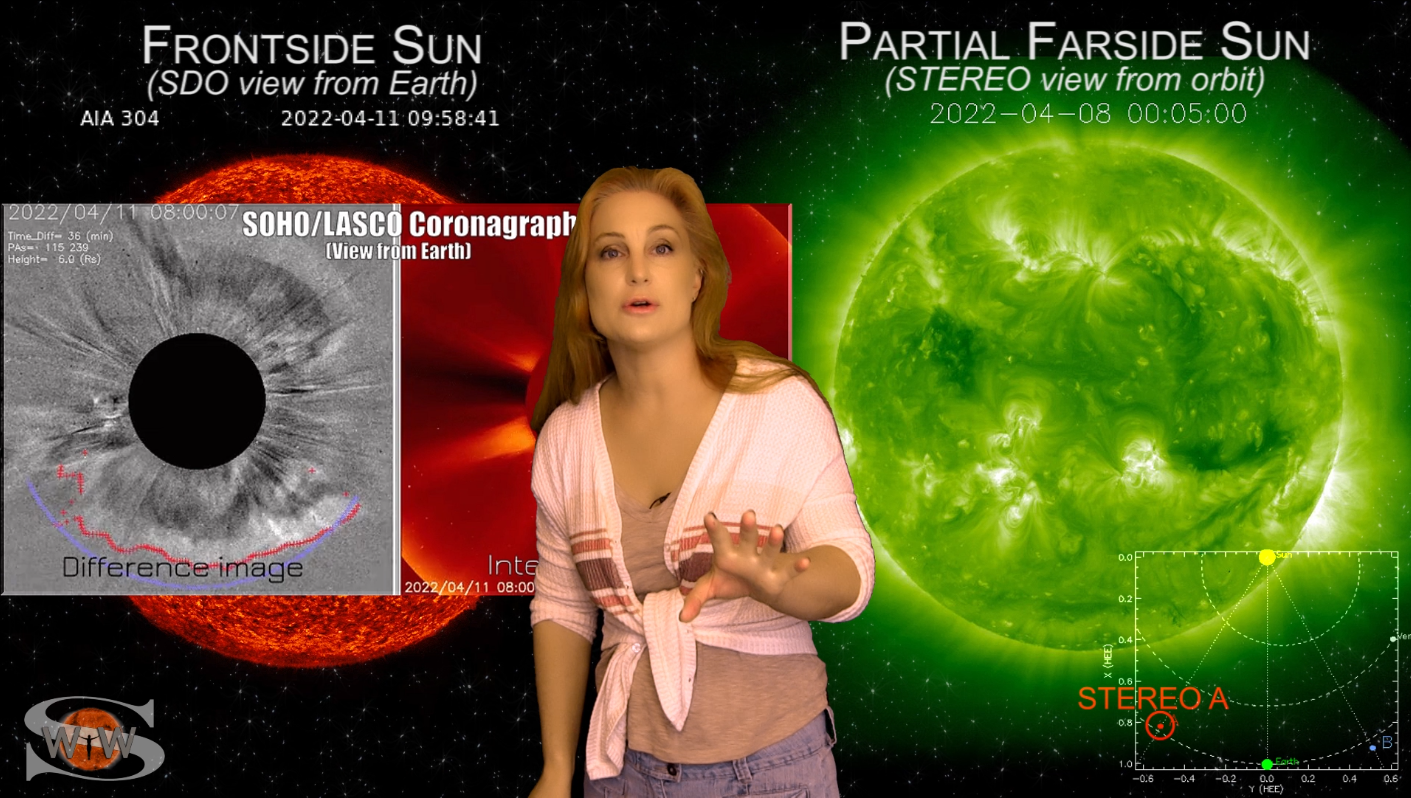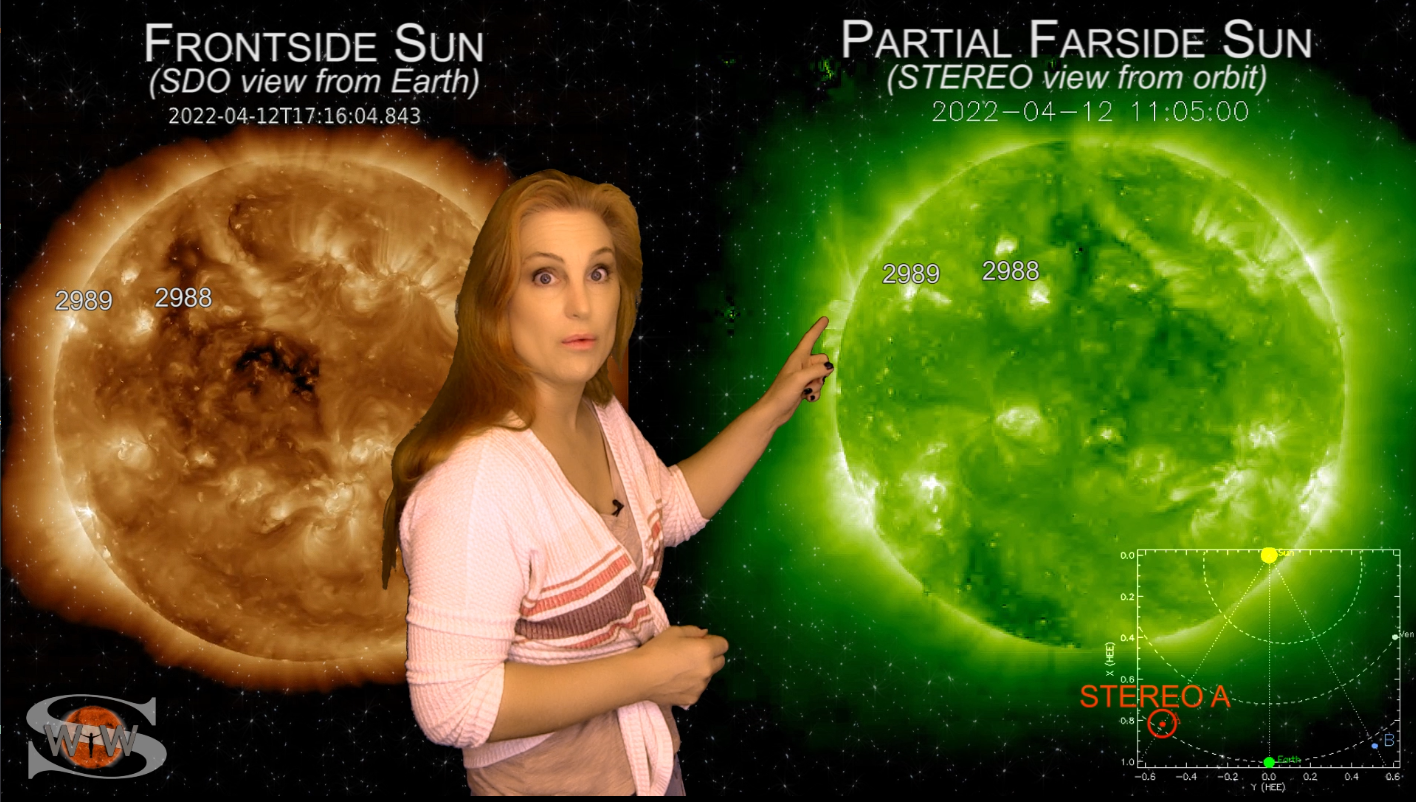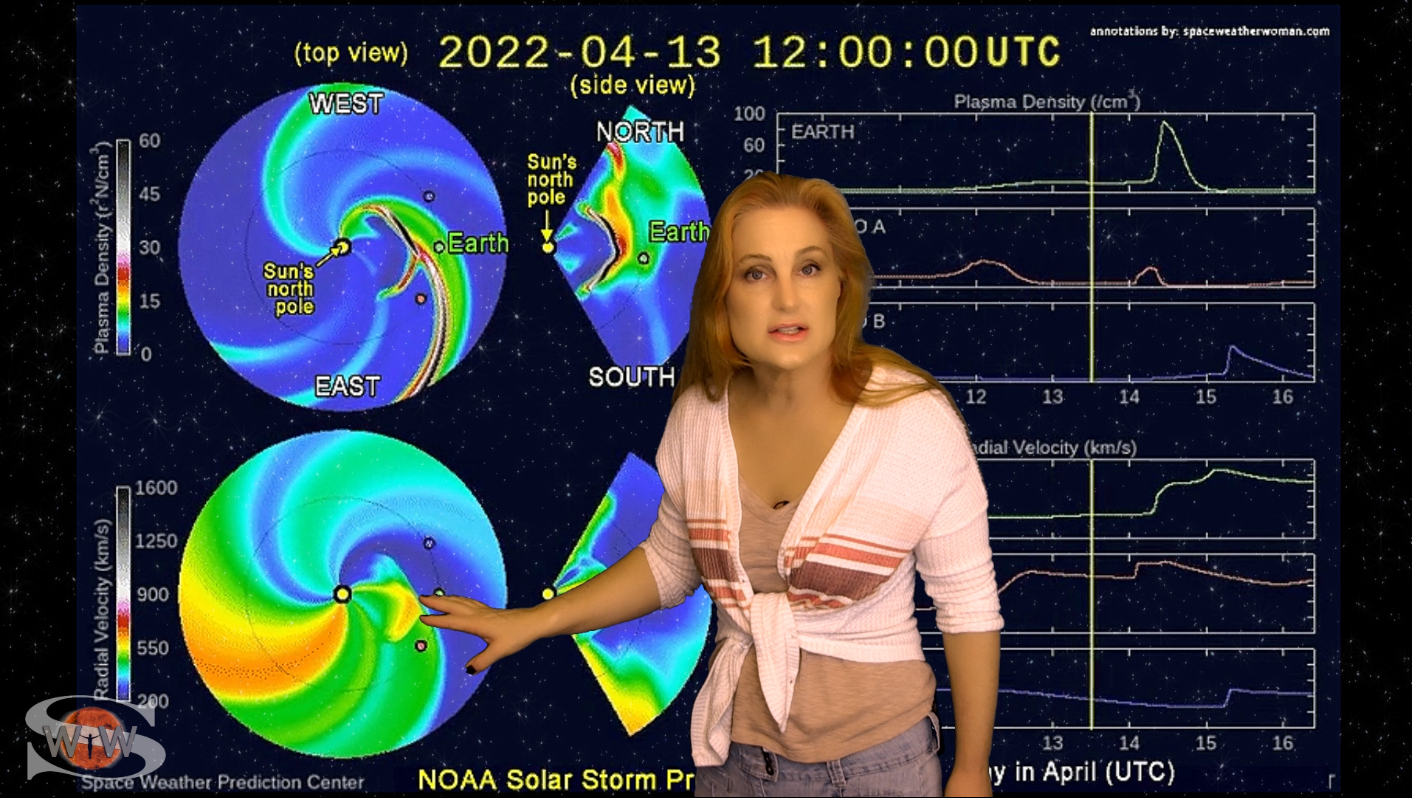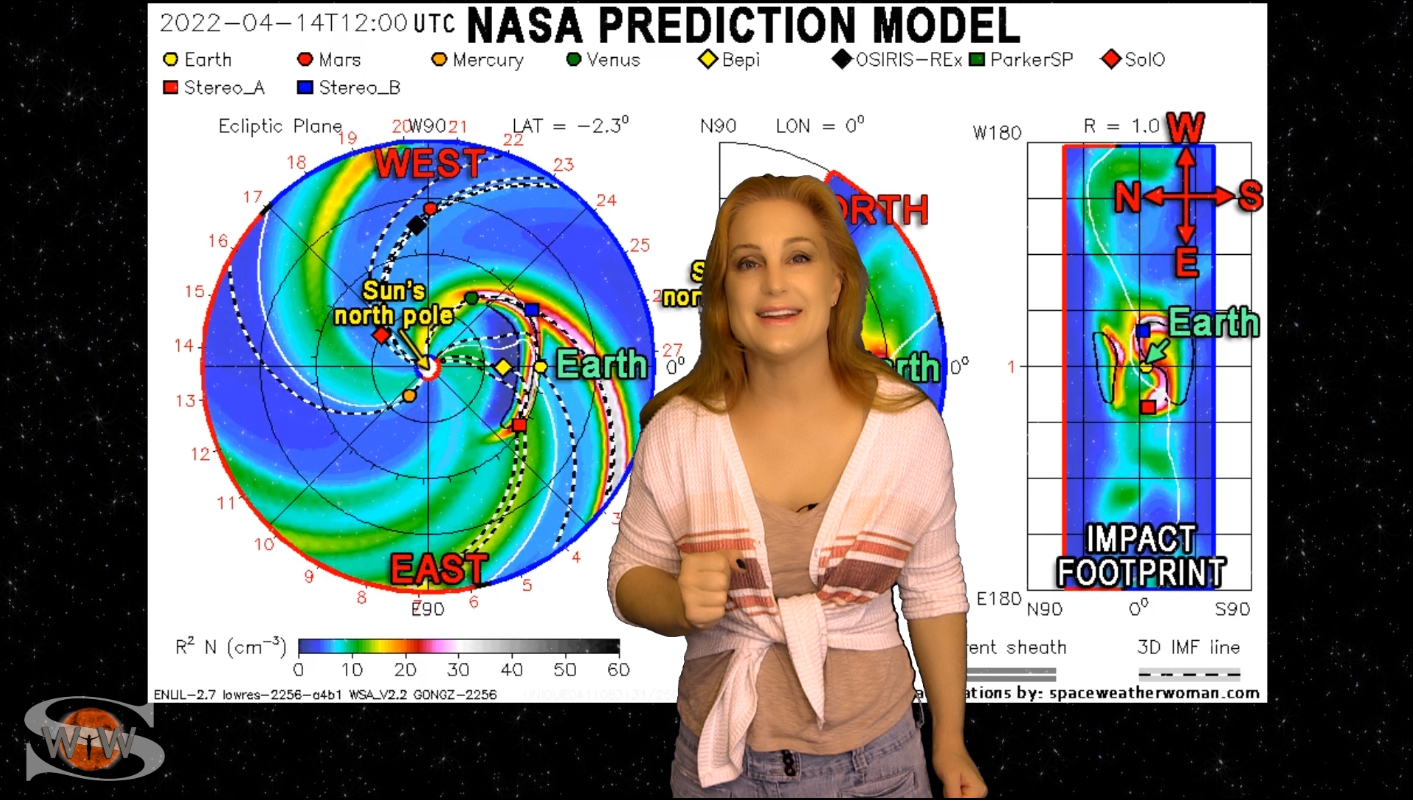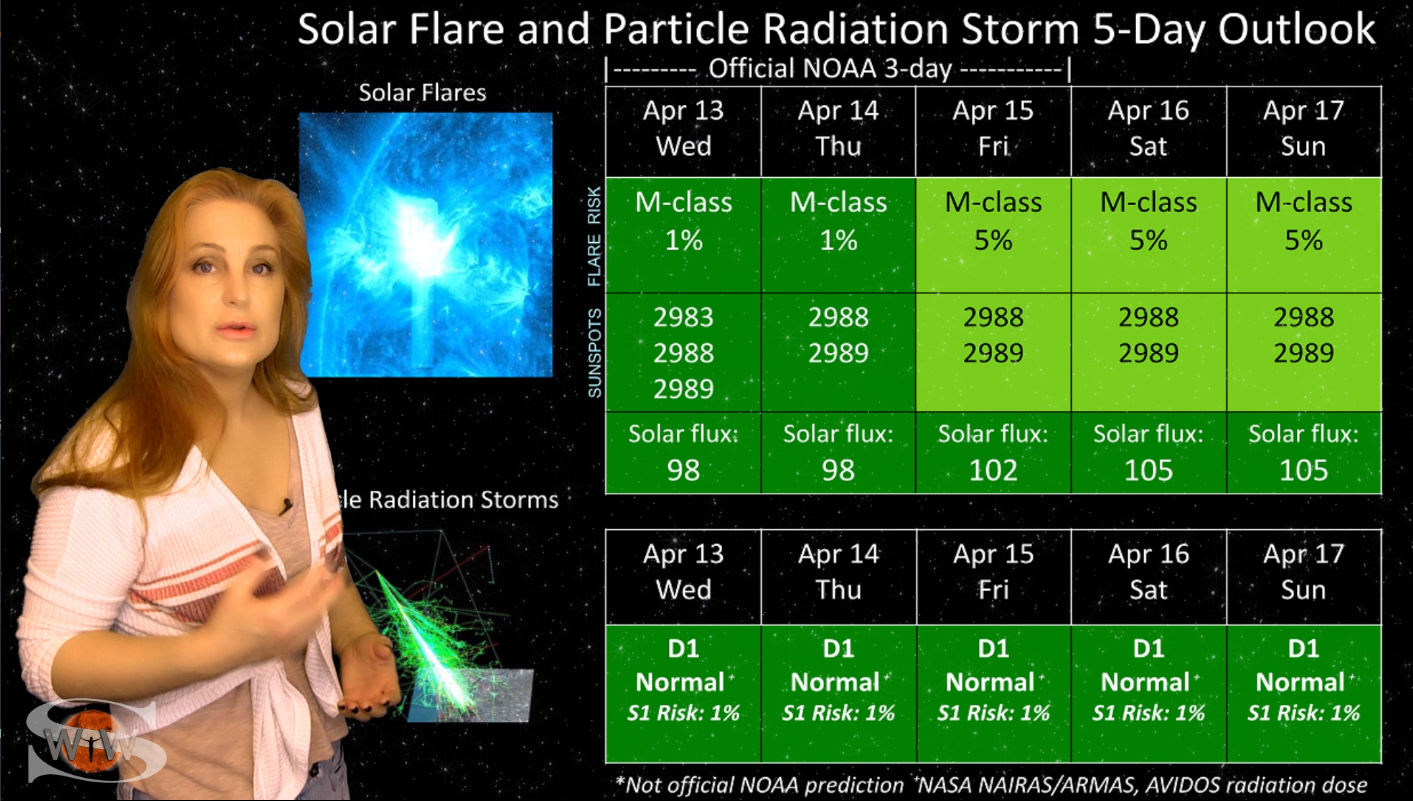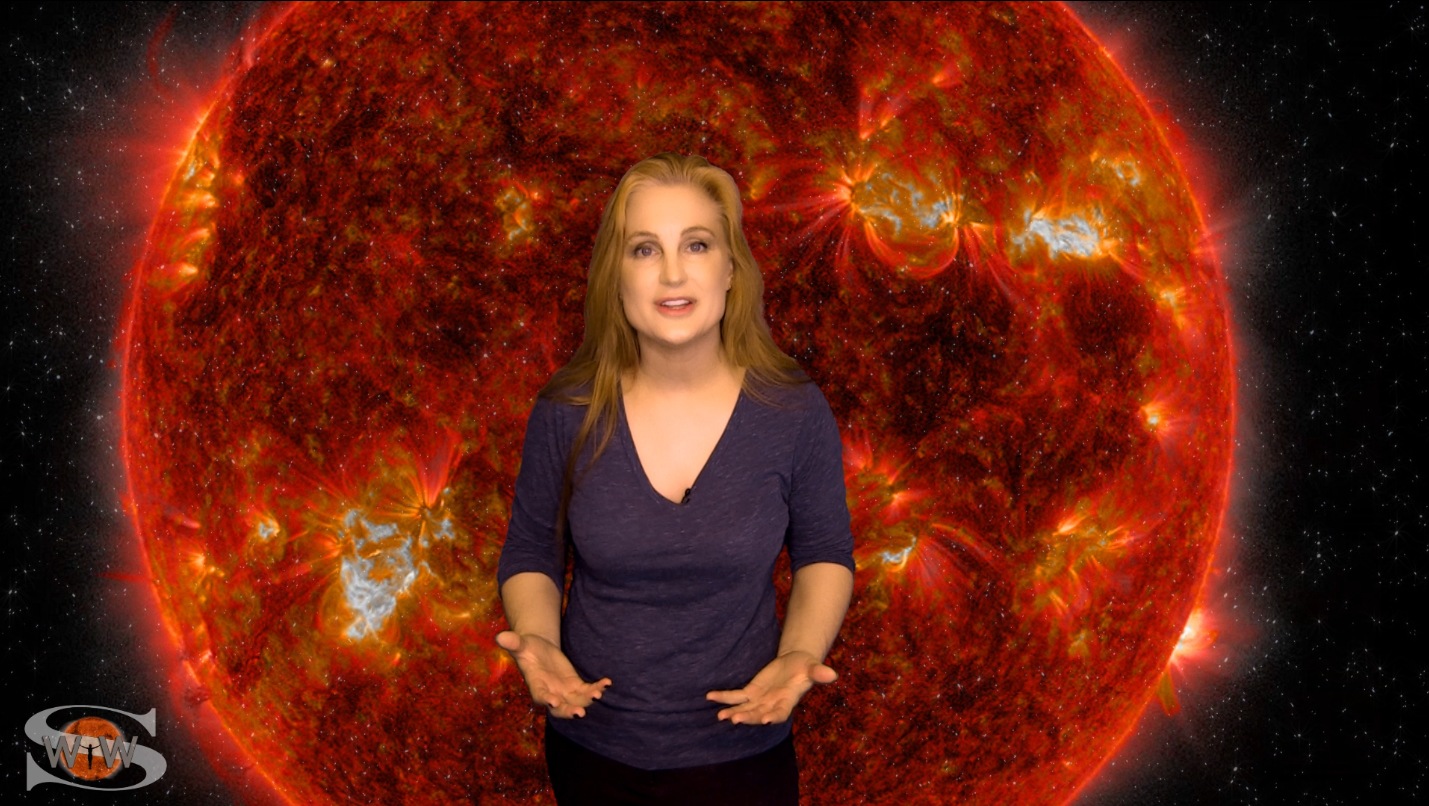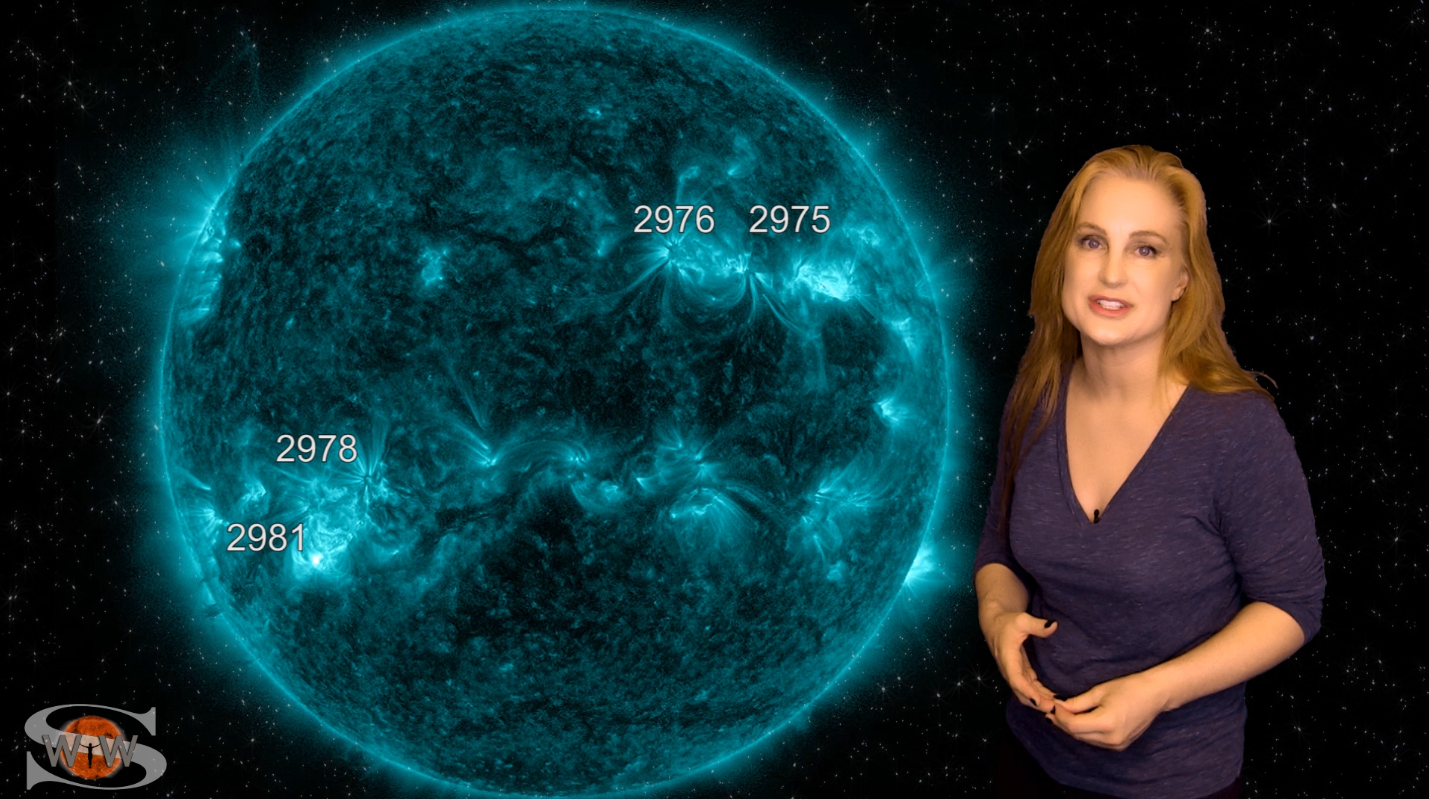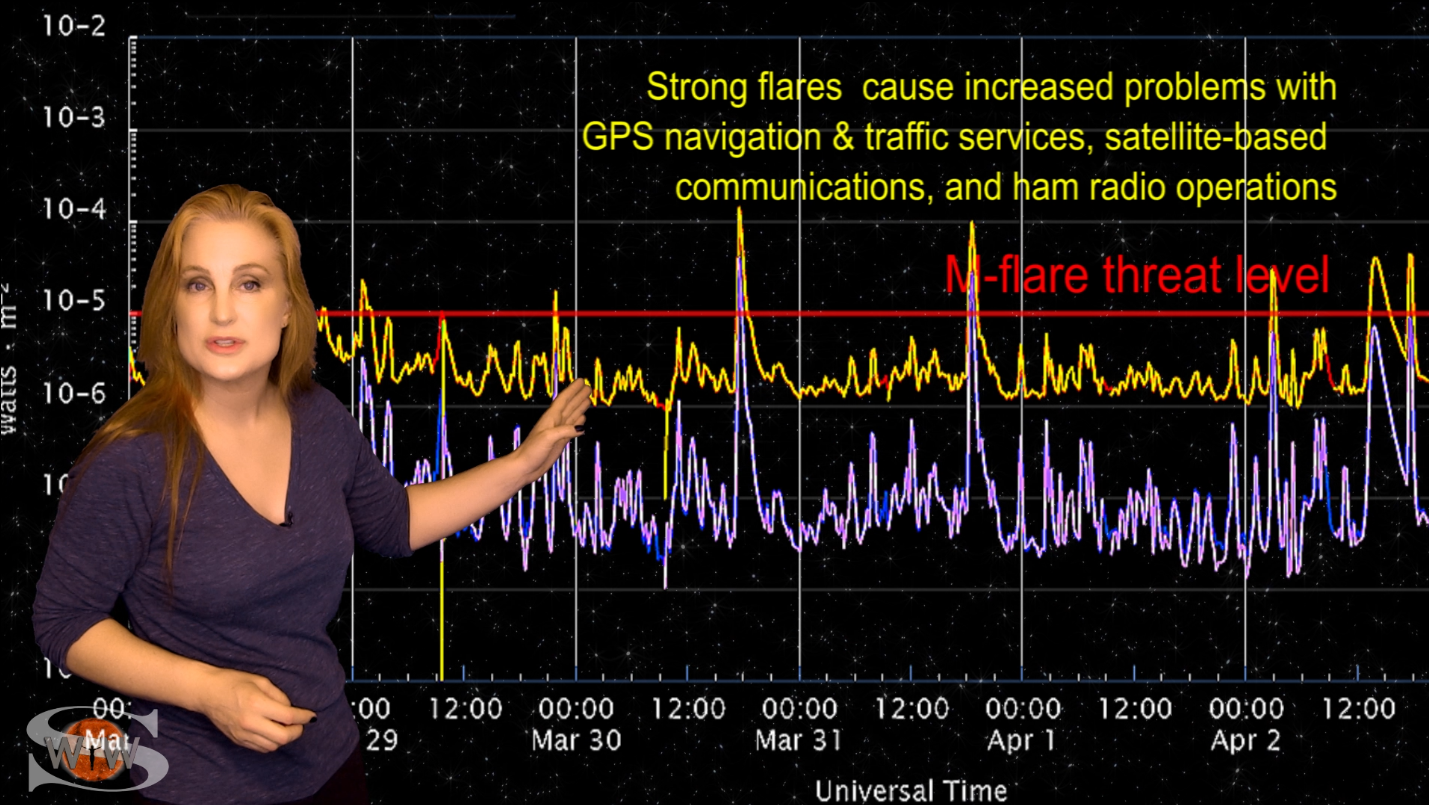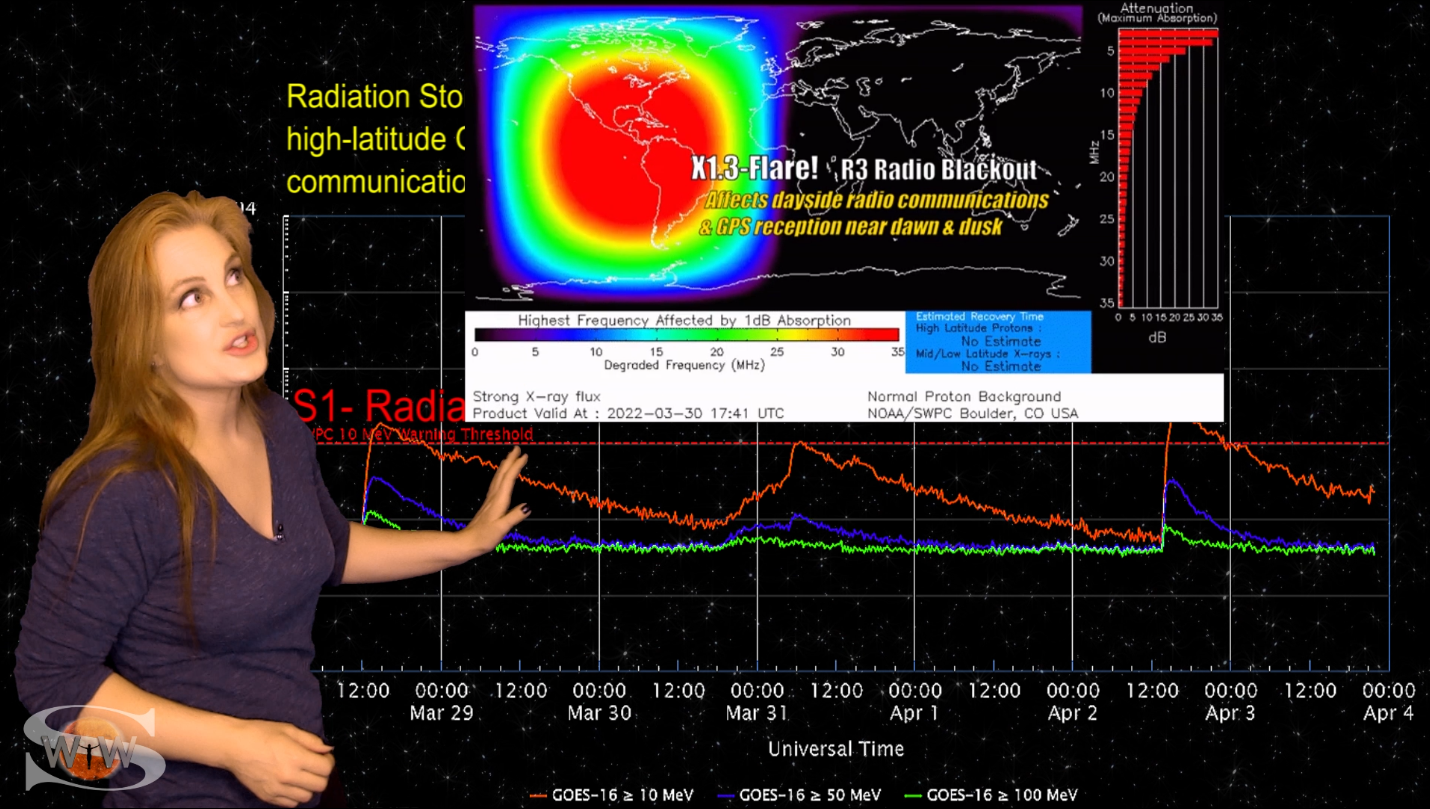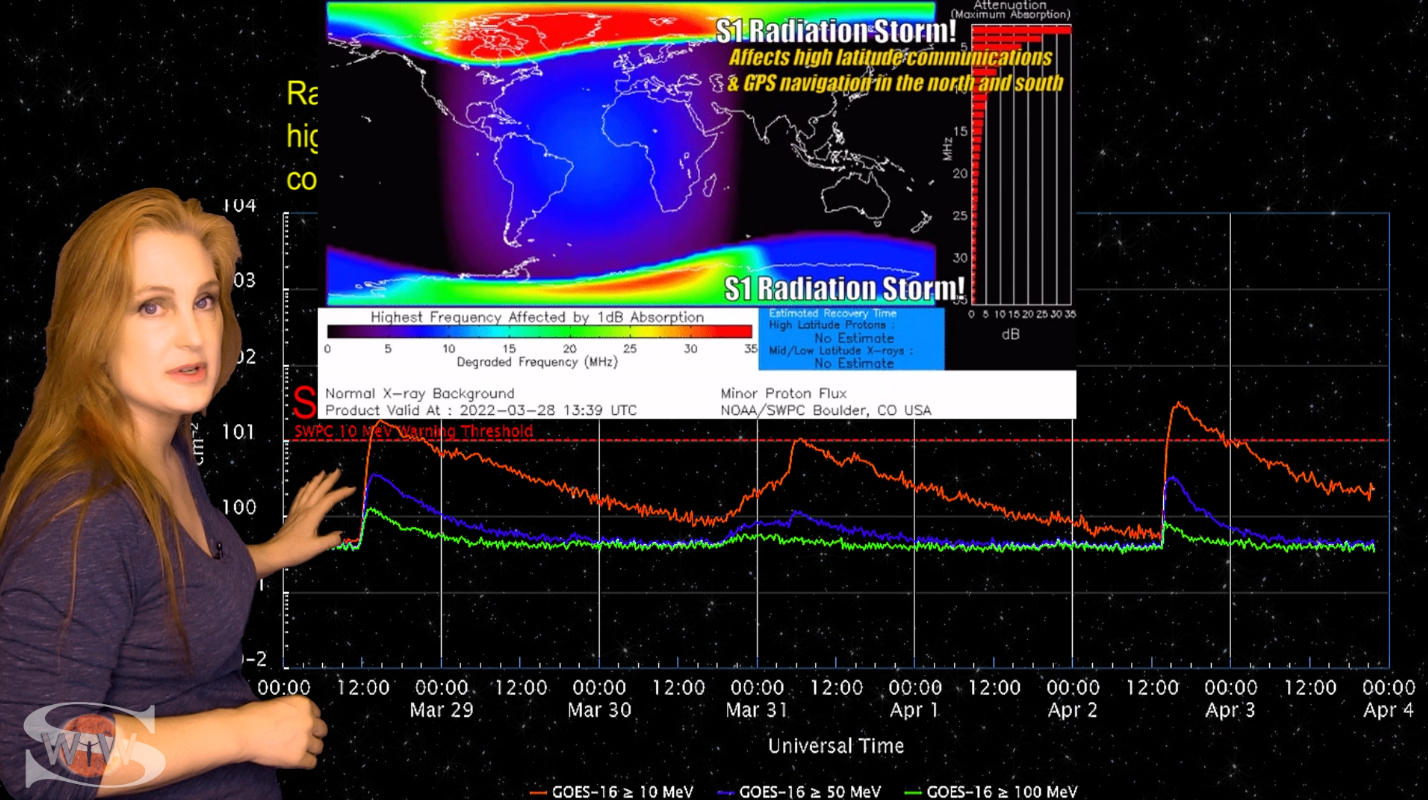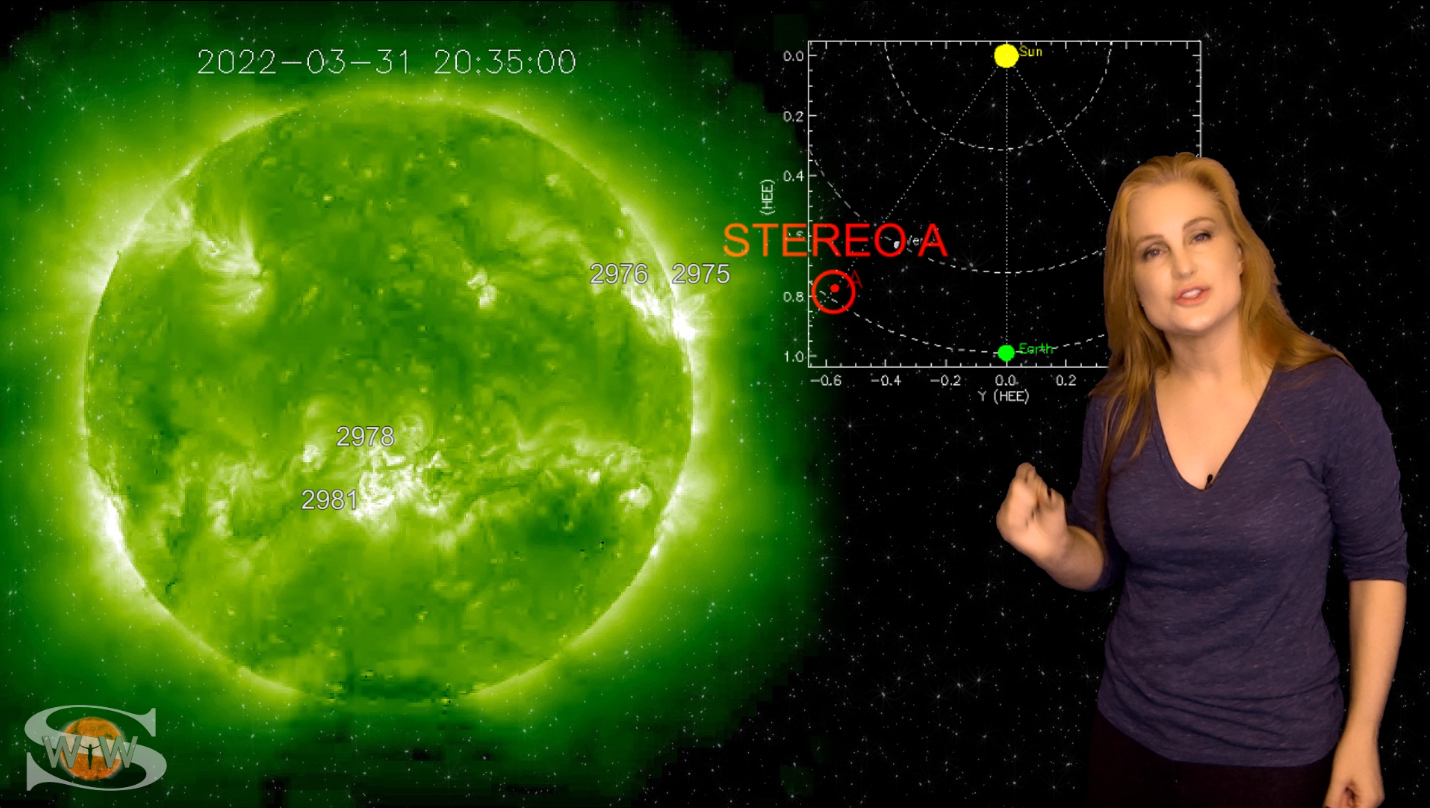Twin Flare Players & Two Earth-Directed Storms | Solar Storm Forecast 08.28.2022
Our Sun lights up this week with two big flare players that have the X-factor. Regions 3088 and 3089 have been firing big solar flares over the past few days causing R1-R2 level radio blackouts on Earth’s dayside. In addition, region 3088 has been launching partly Earth-directed solar storms. These storms are expected to graze Earth to the west in back-to-back fashion, late on August 28. However, we are feeling the effect of earlier mini-solar storms now, in fact we bumped up to active conditions once already and could even get sporadic aurora shows that intensify up to when the larger storms hit. Aurora photographers could get a show clear down to mid-latitudes around August 29. Amateur radio operators should expect noise on the bands and radio blackouts on Earth’s dayside and GPS users should stay vigilant for reception issues near dawn and dusk and anywhere near aurora over the next few days at least. Learn the details of the coming solar storms, when and where to see aurora, see why the big-flare players are making life difficult for amateur radio and GPS users, and find out what else our Sun has in store this week.
Podcast: Play in new window | Download (Duration: 14:00 — 19.2MB)
Subscribe: Apple Podcasts | Spotify | RSS
